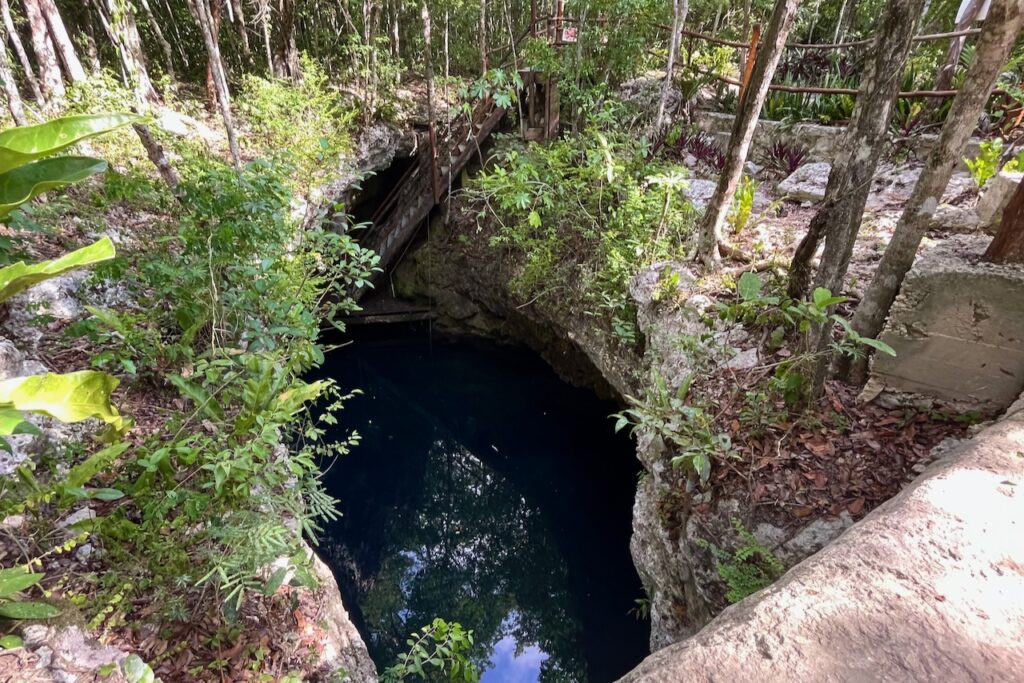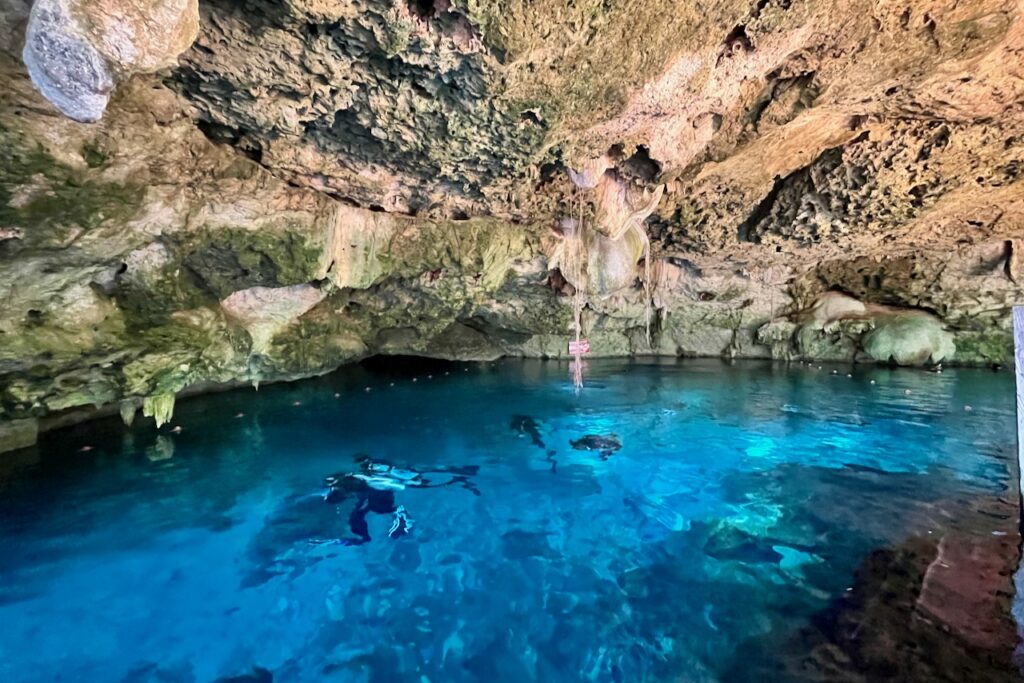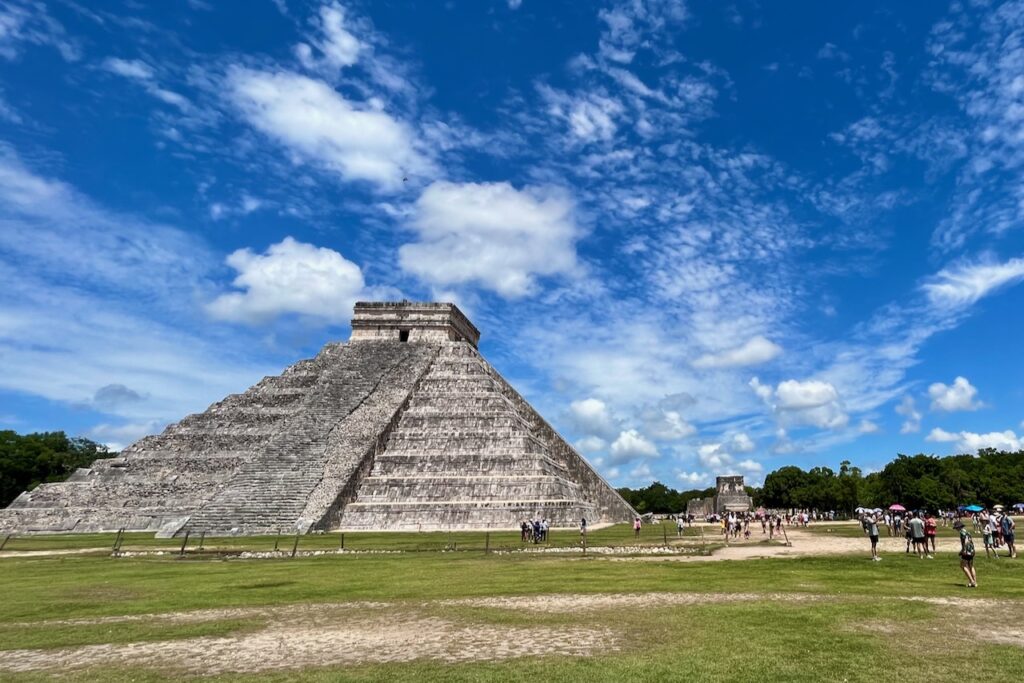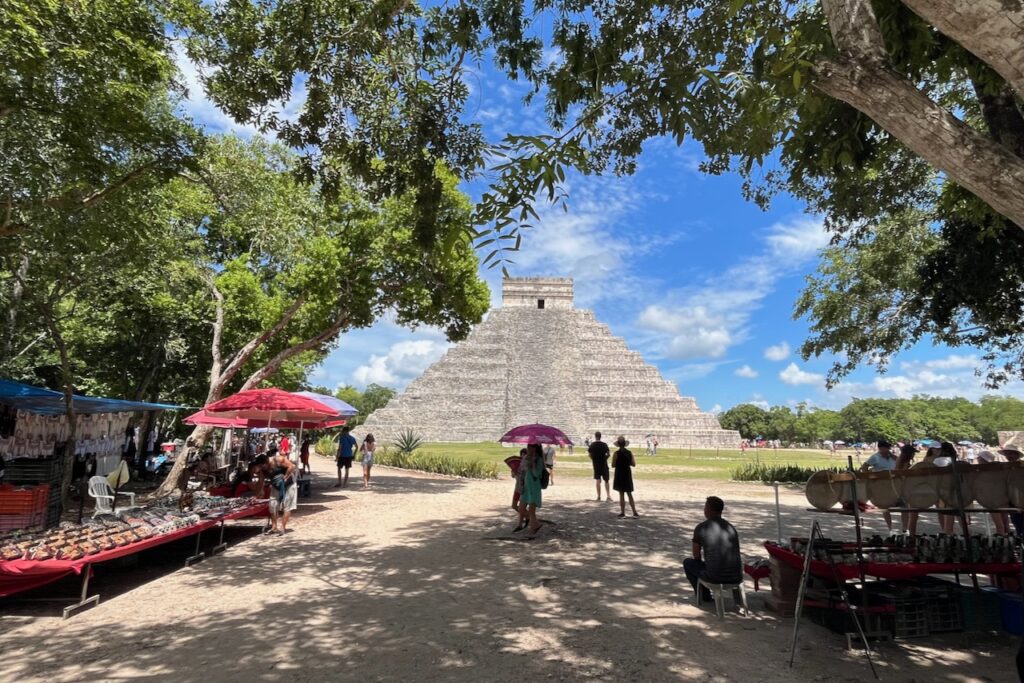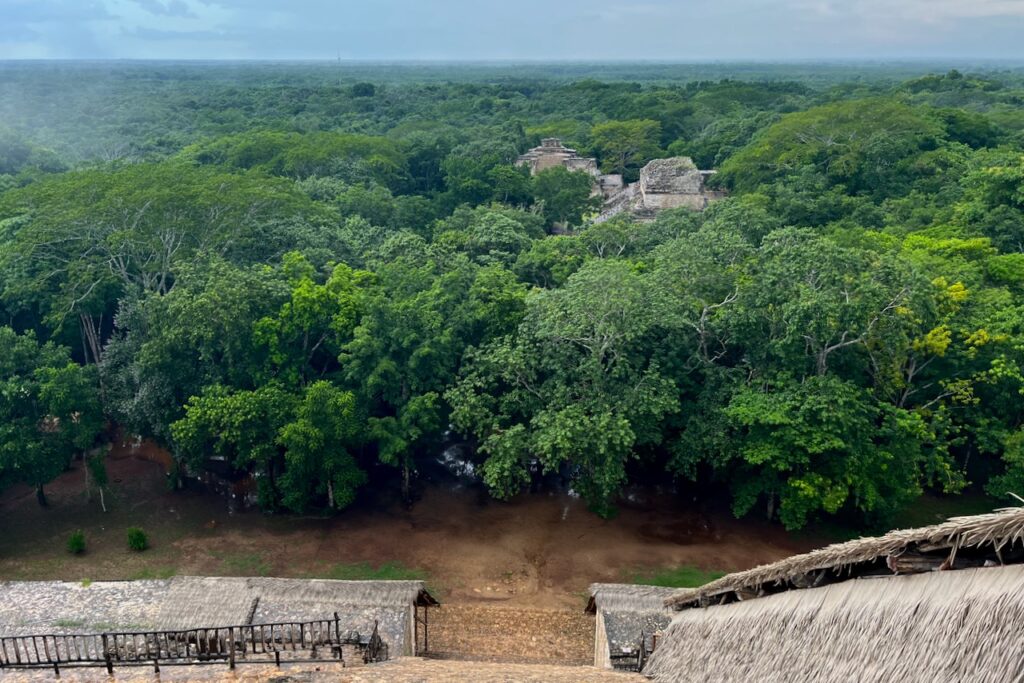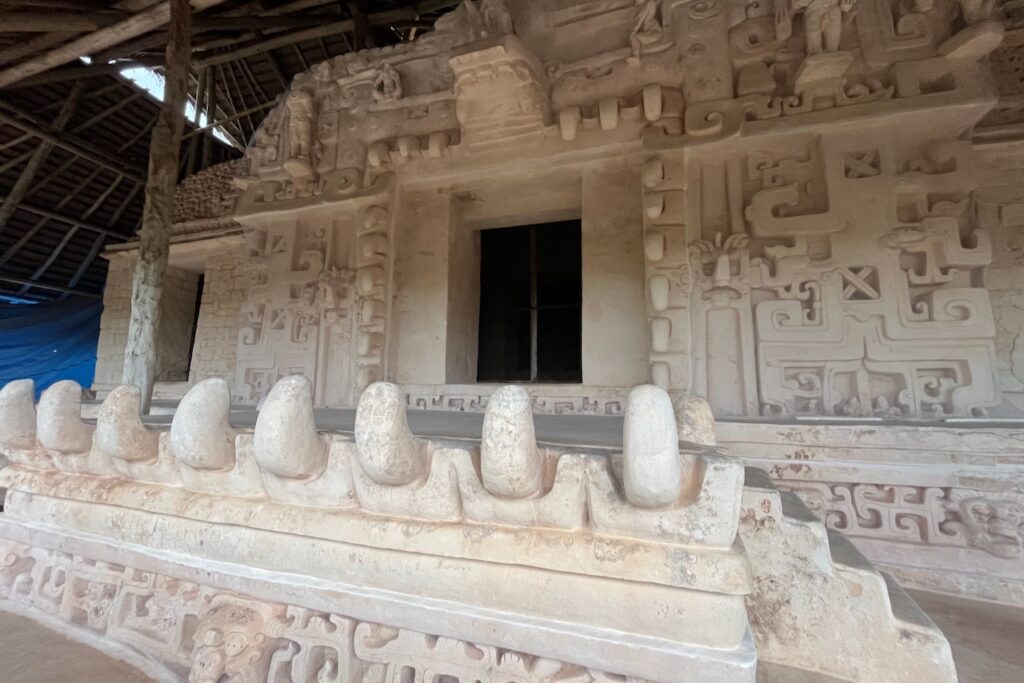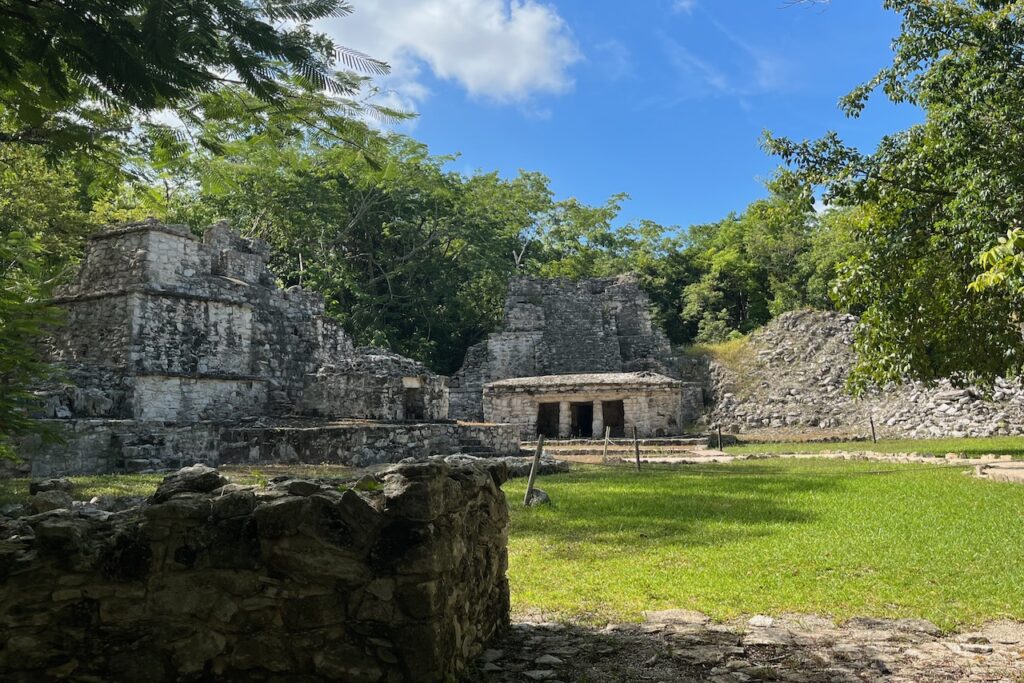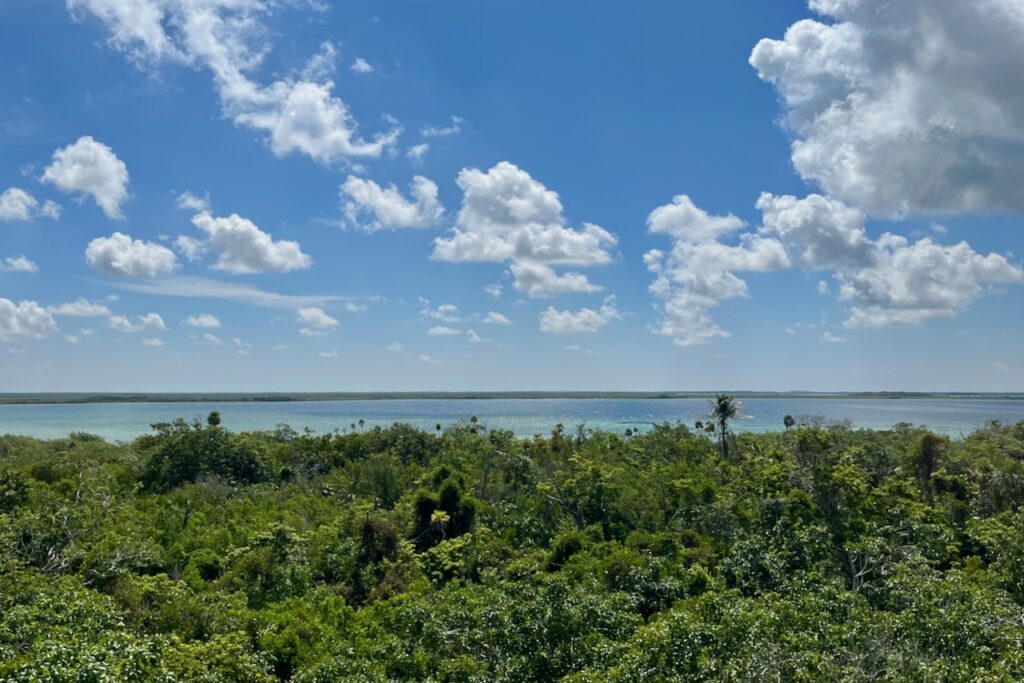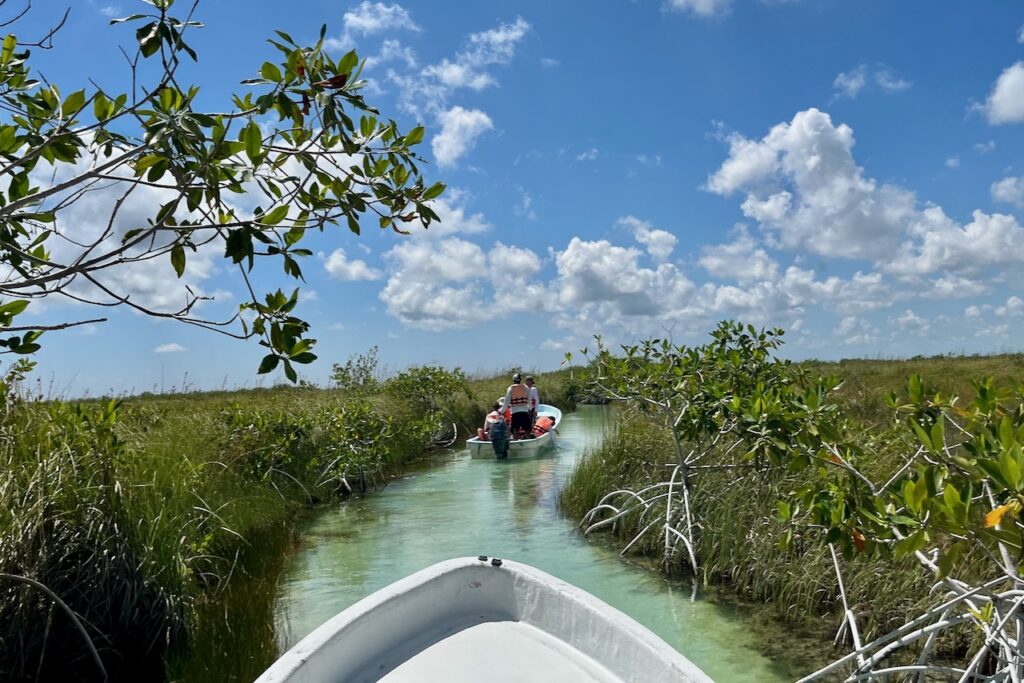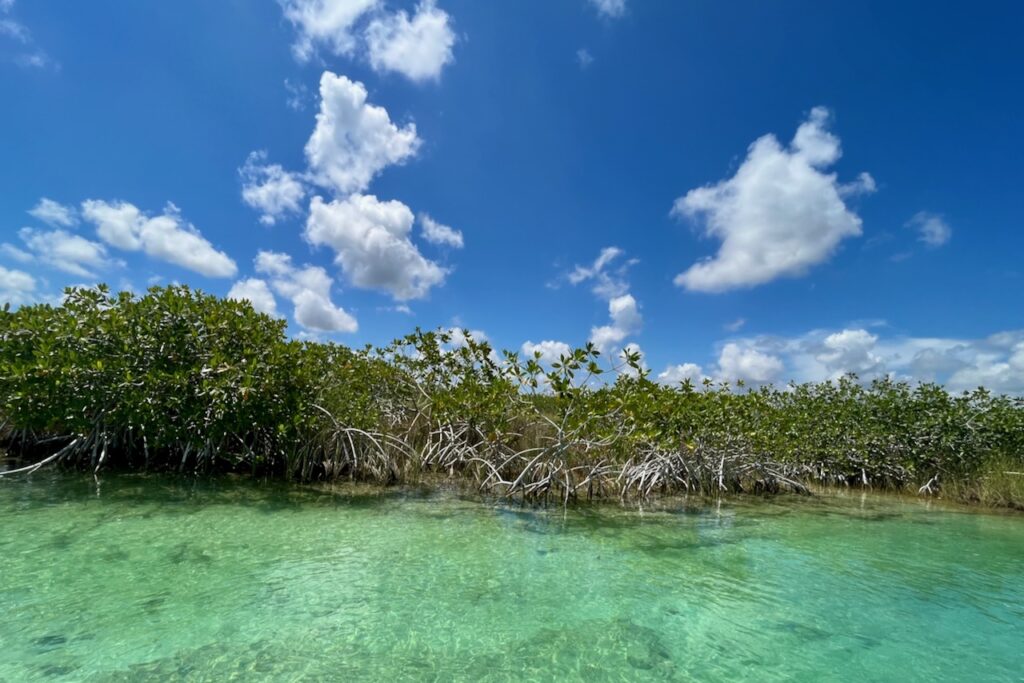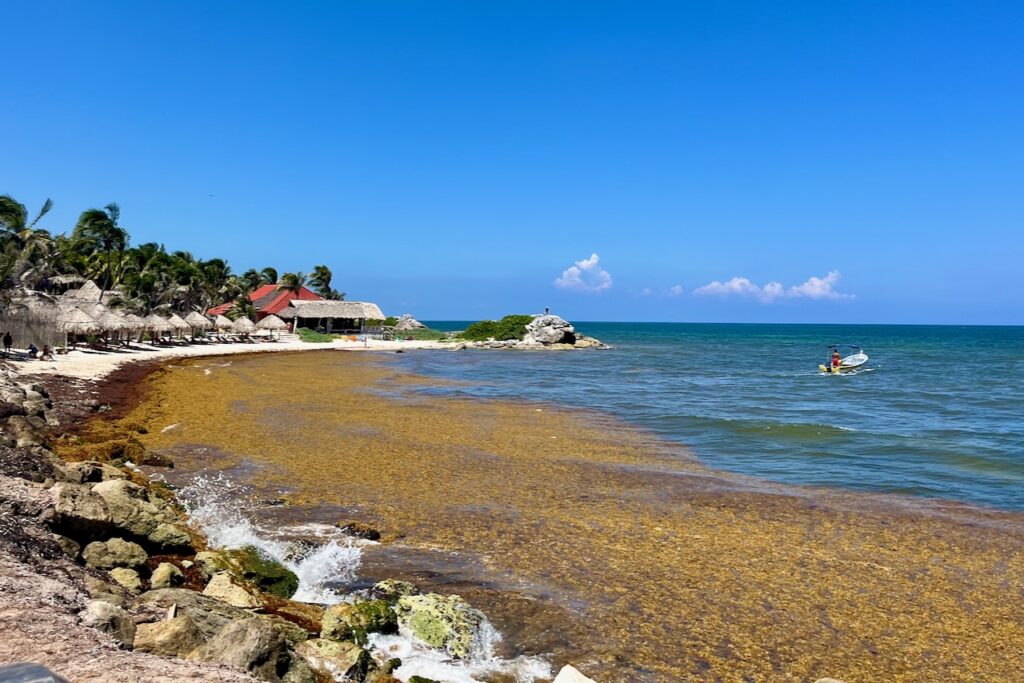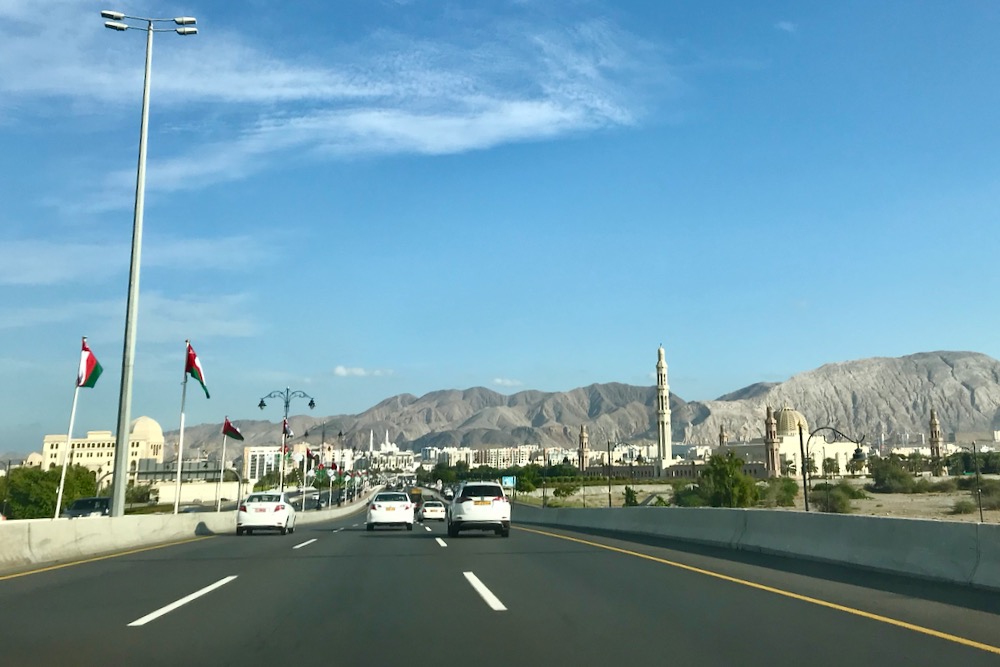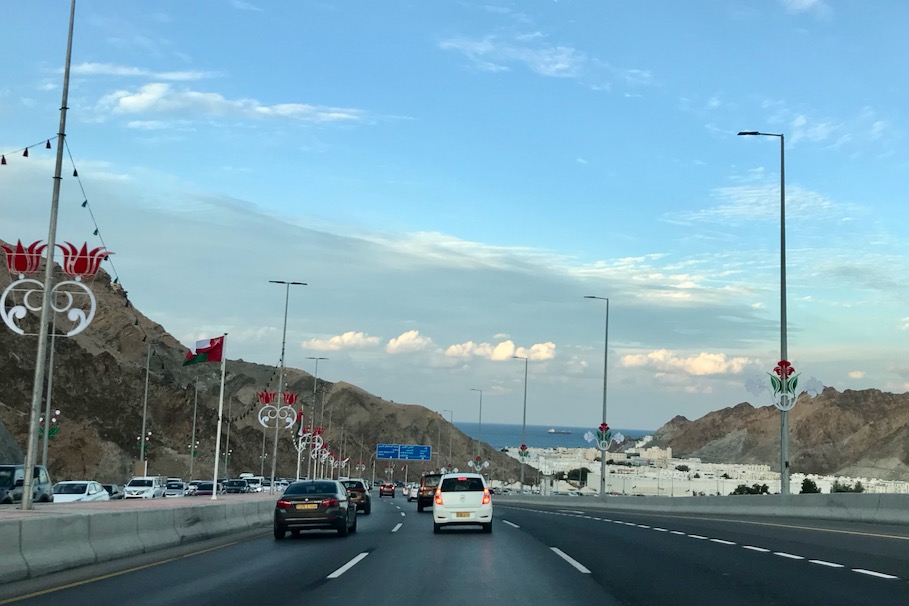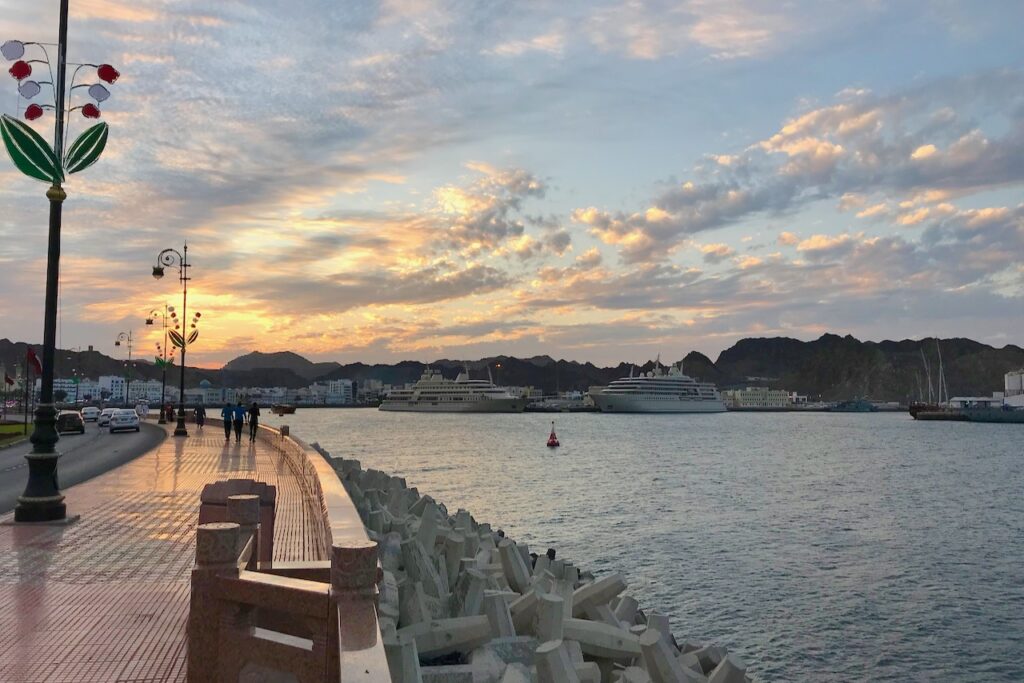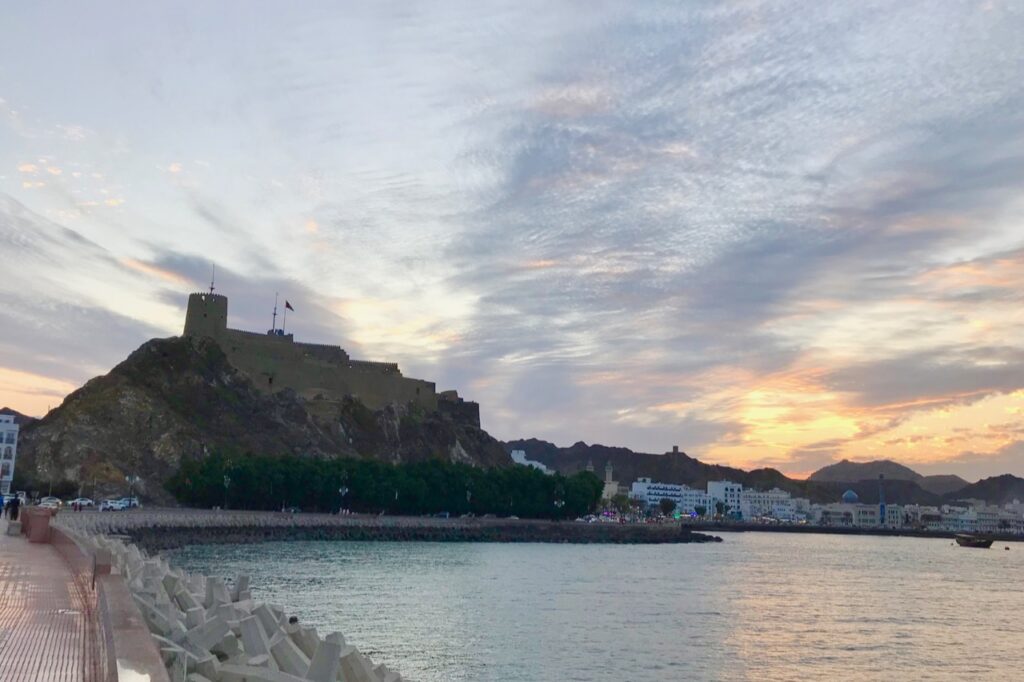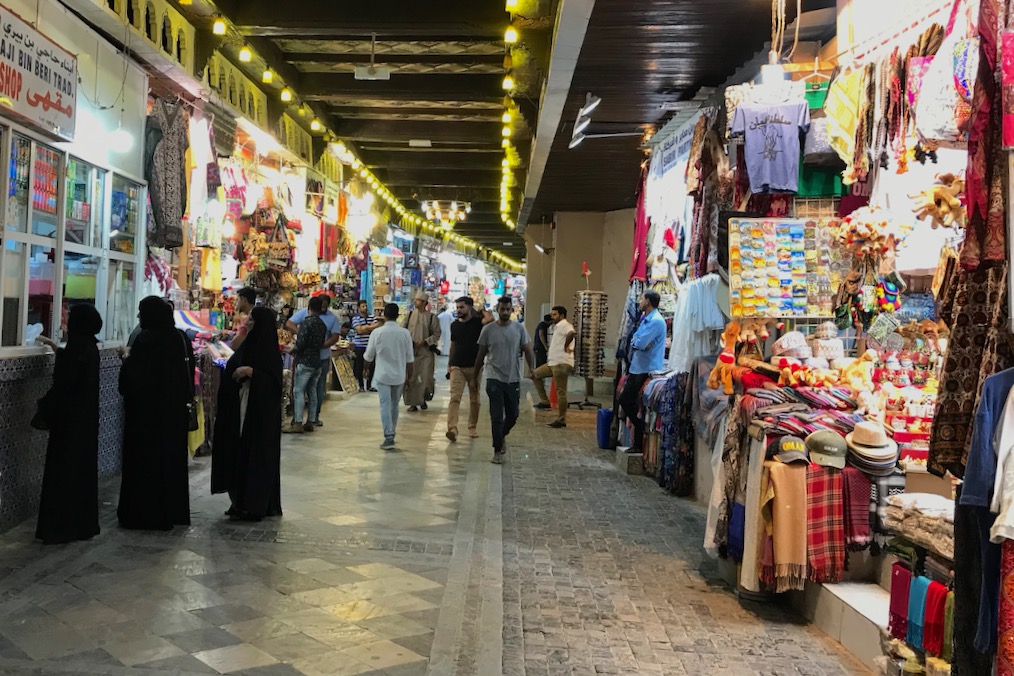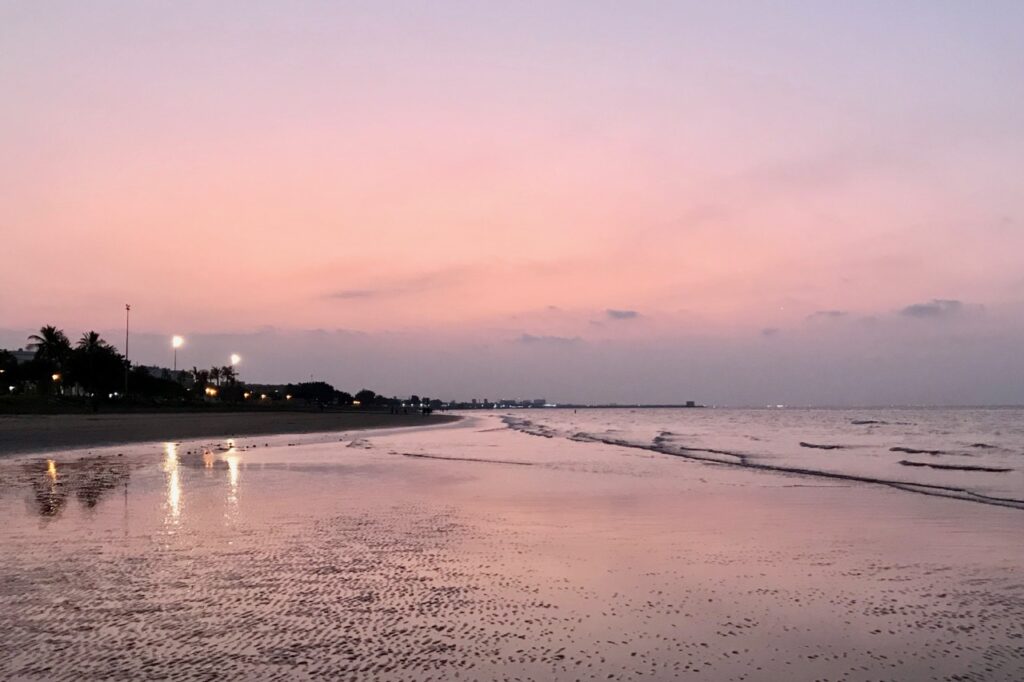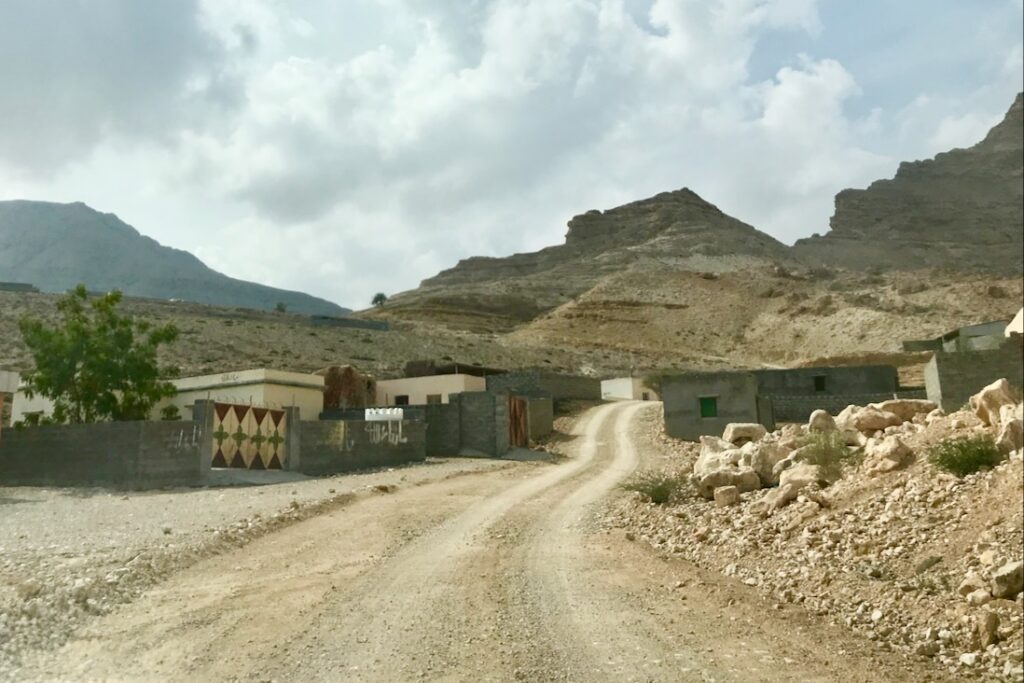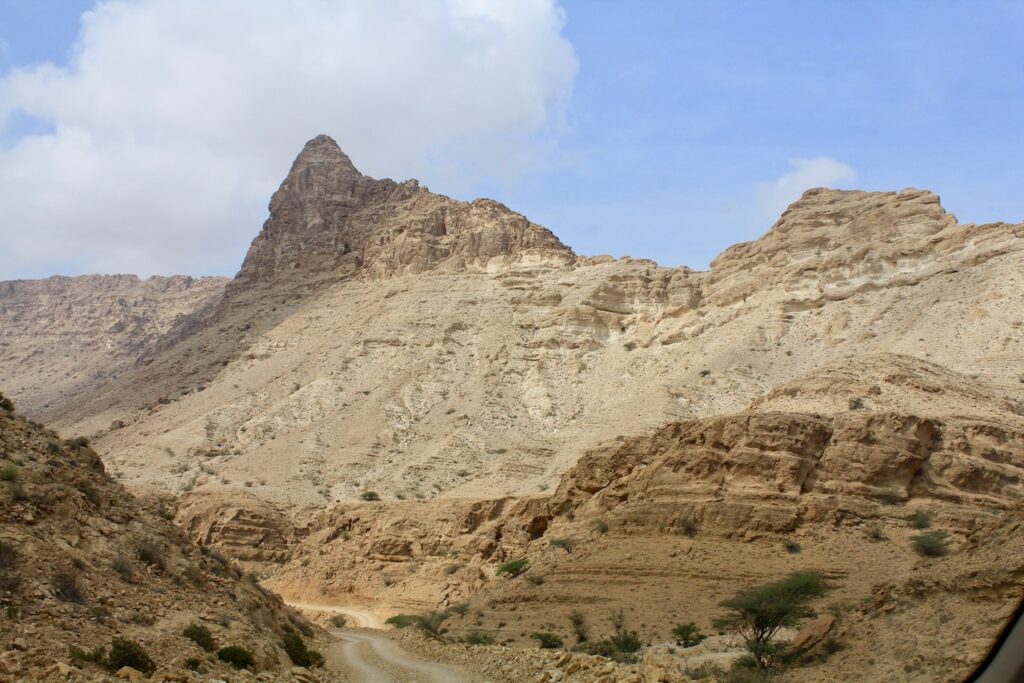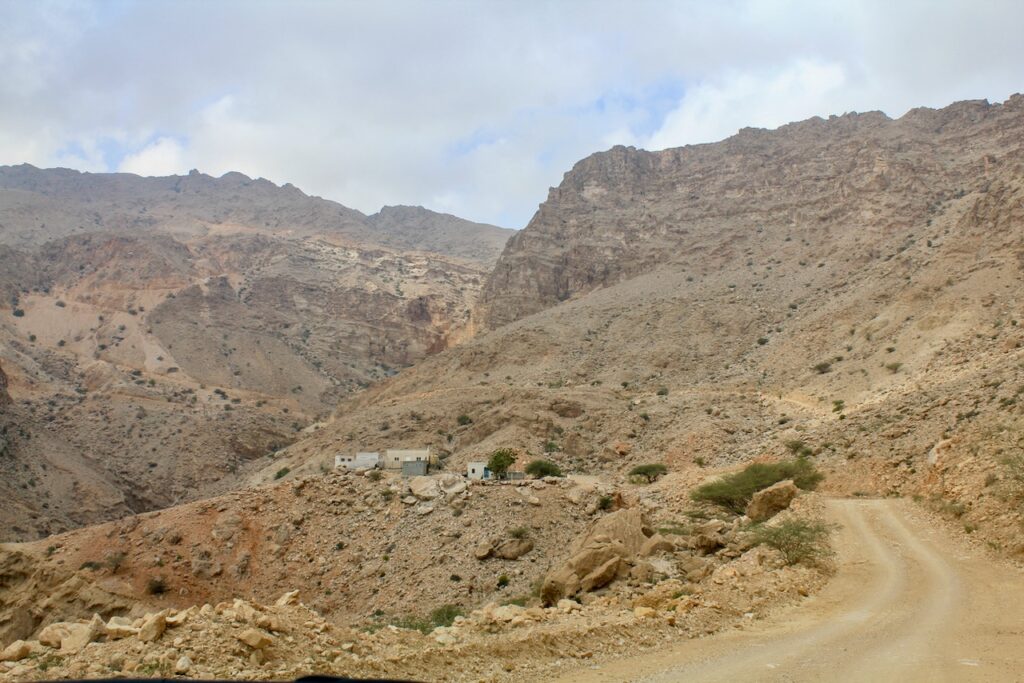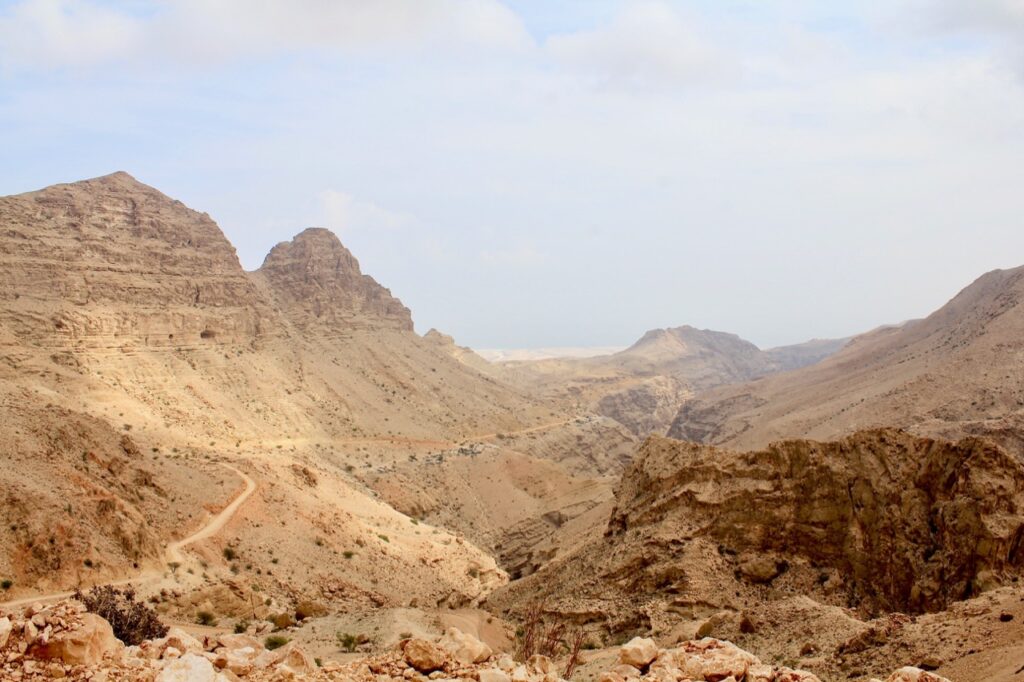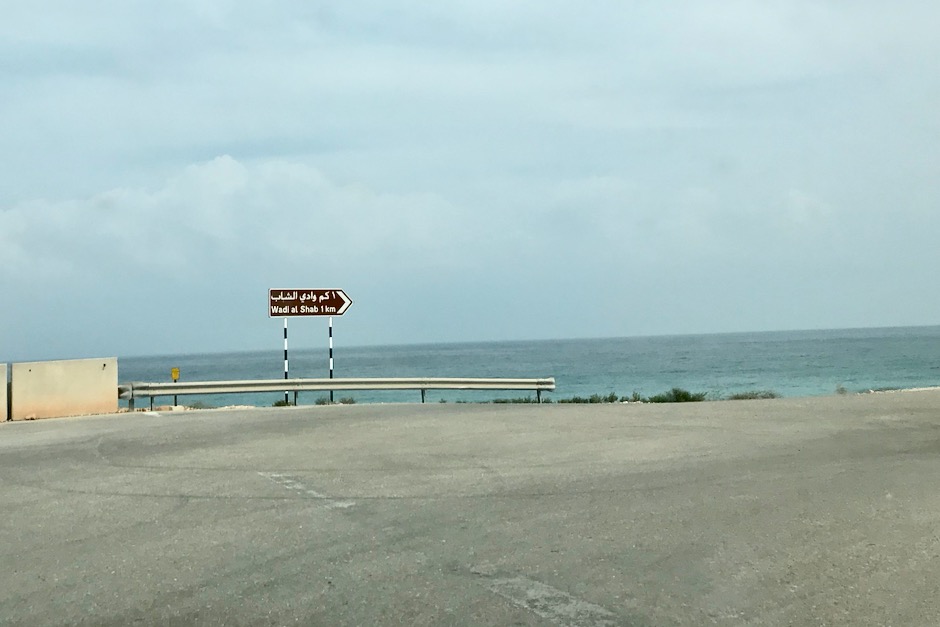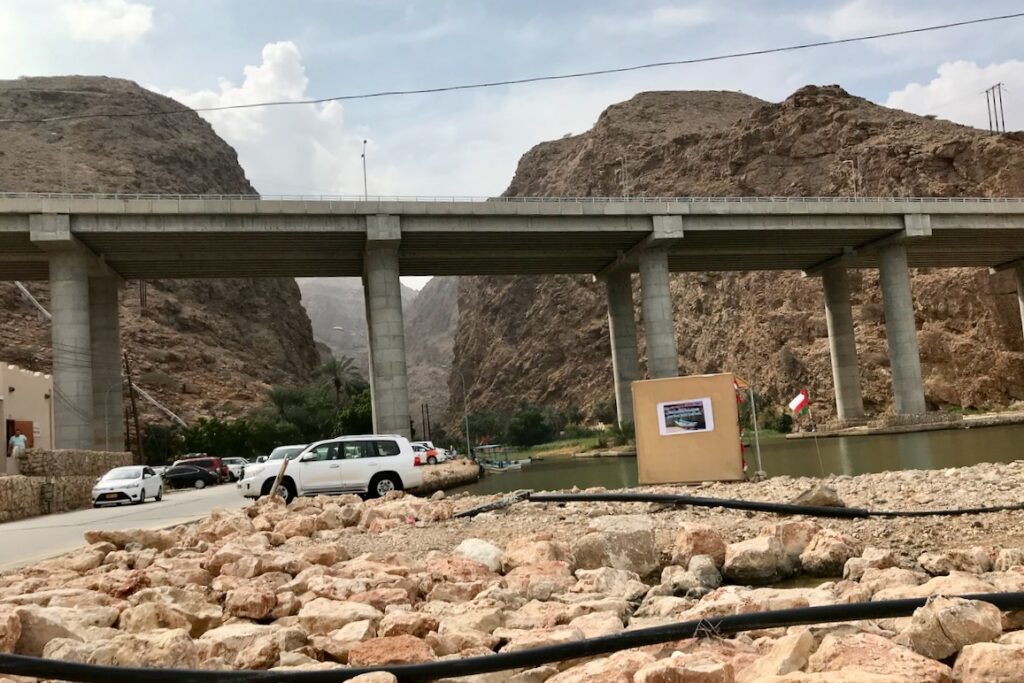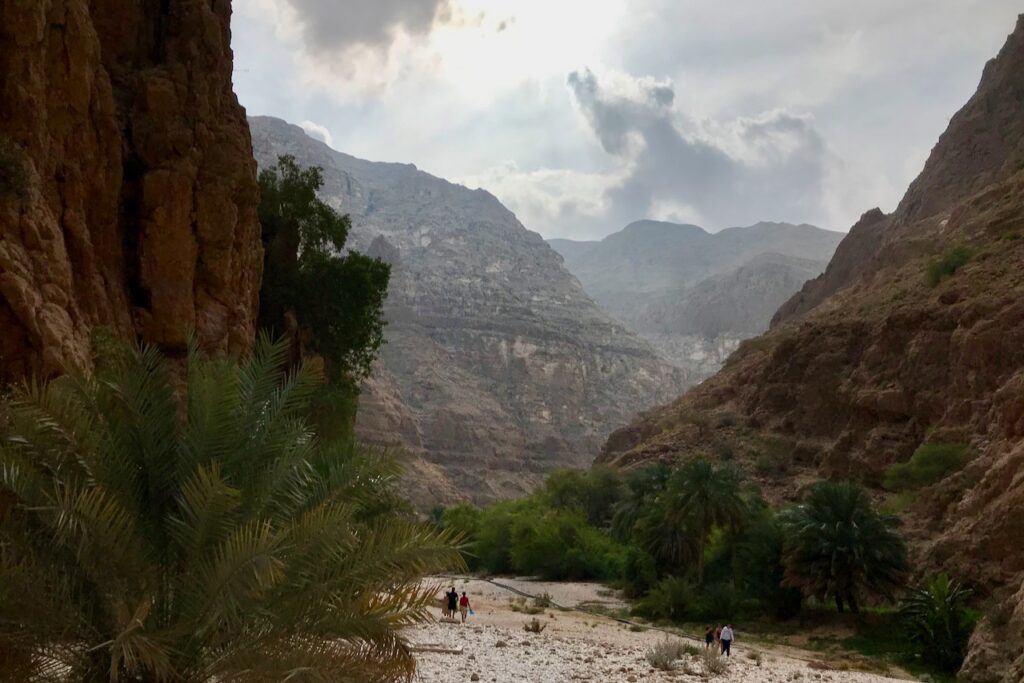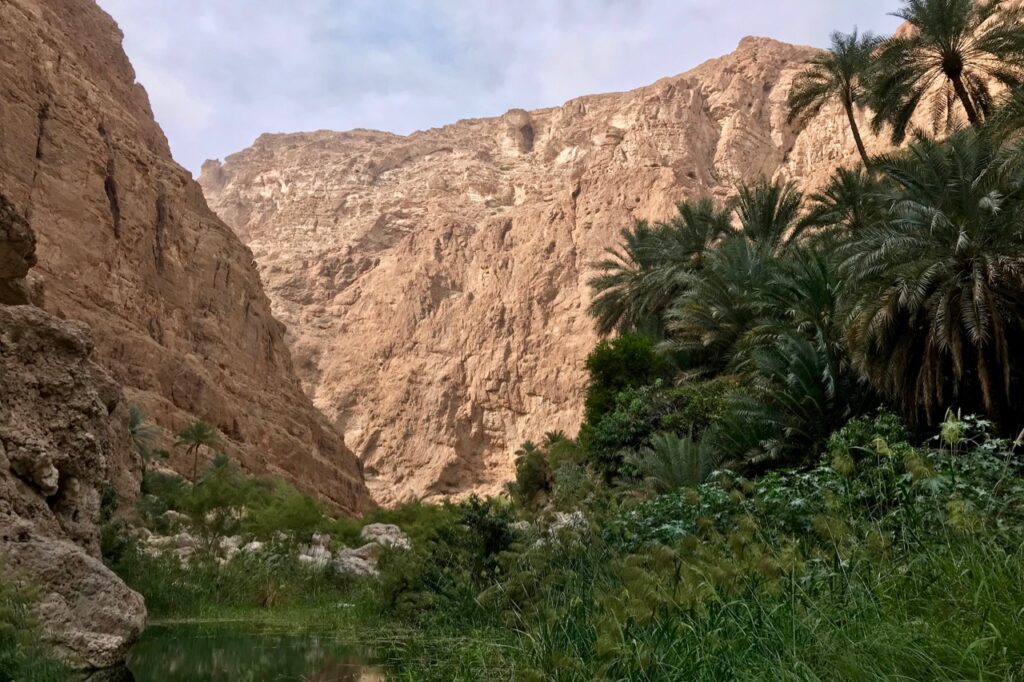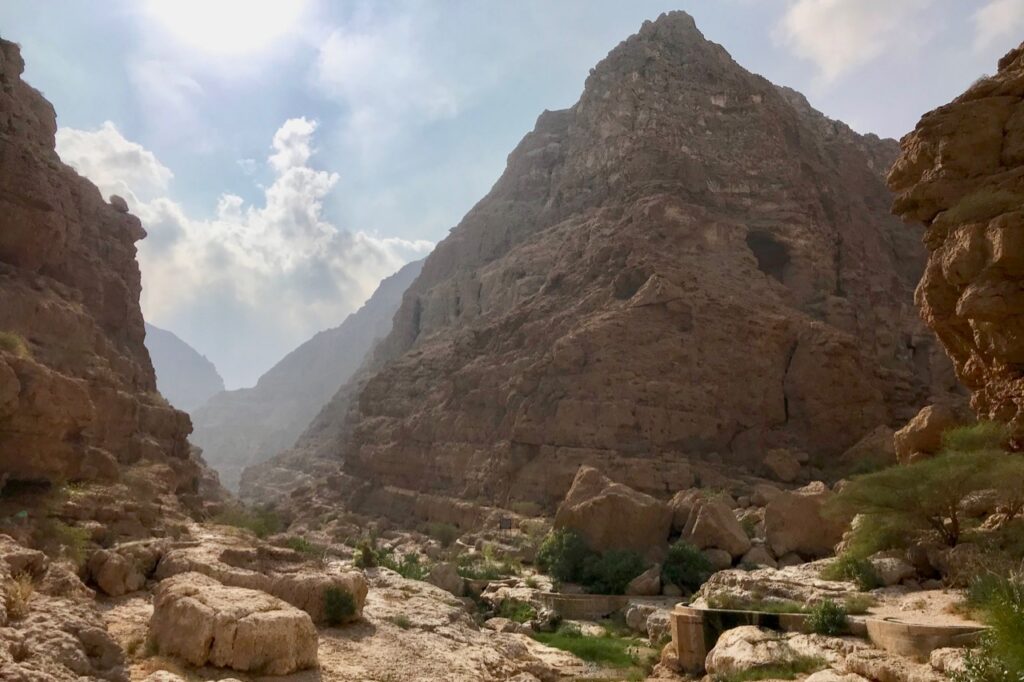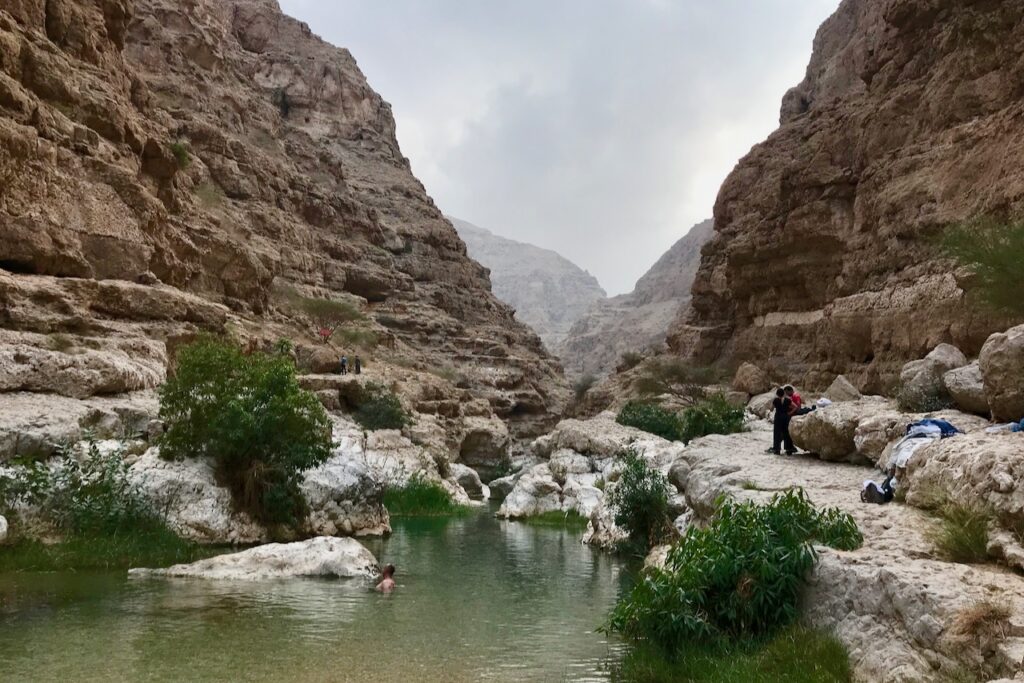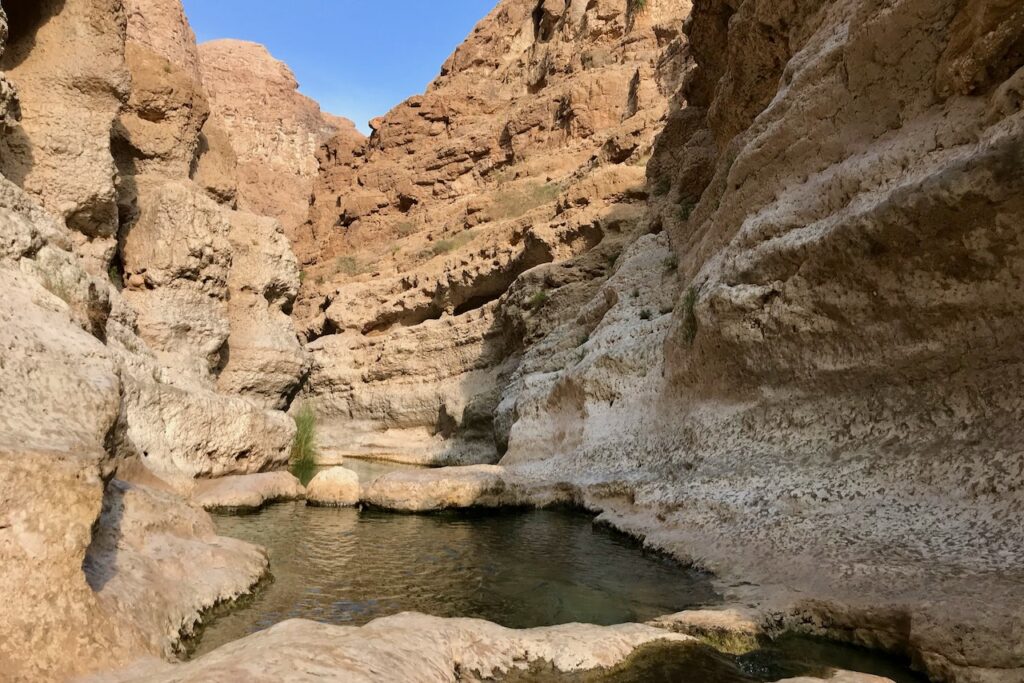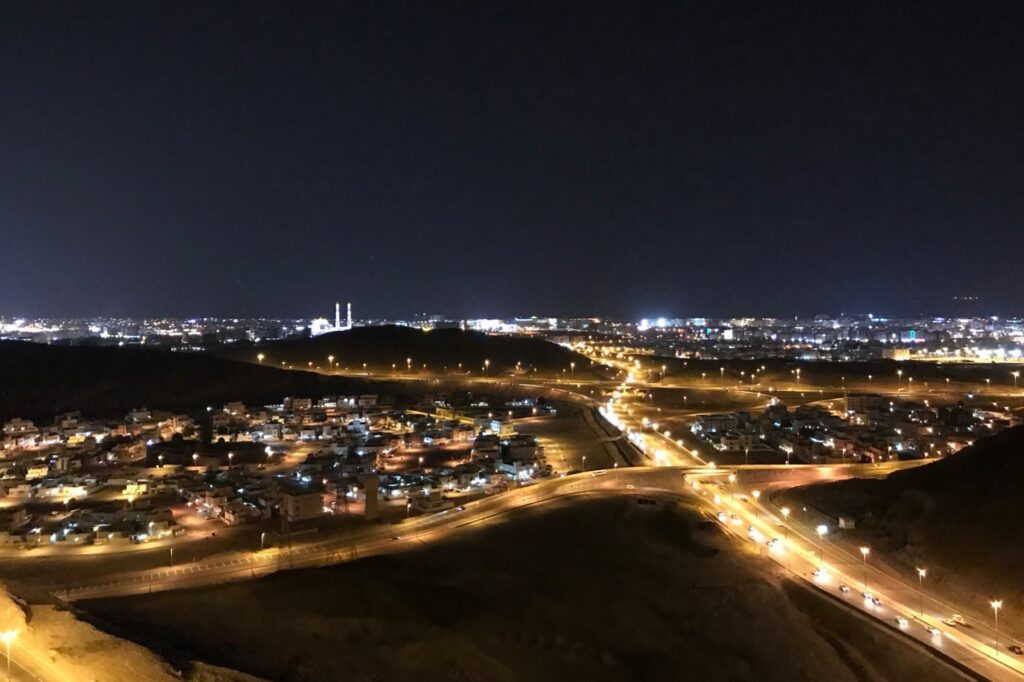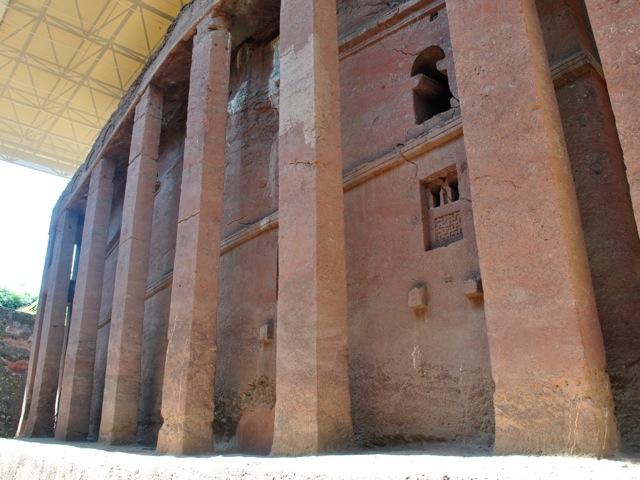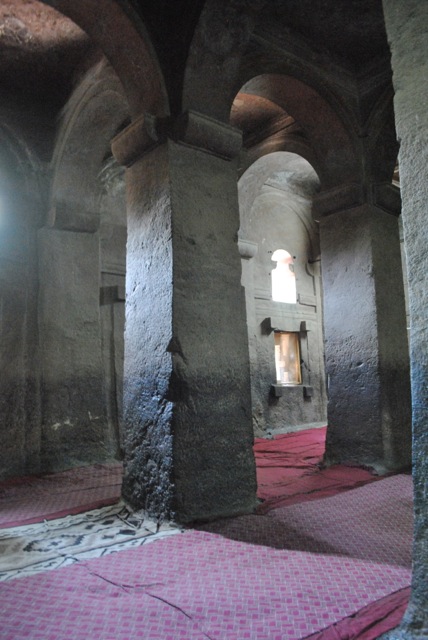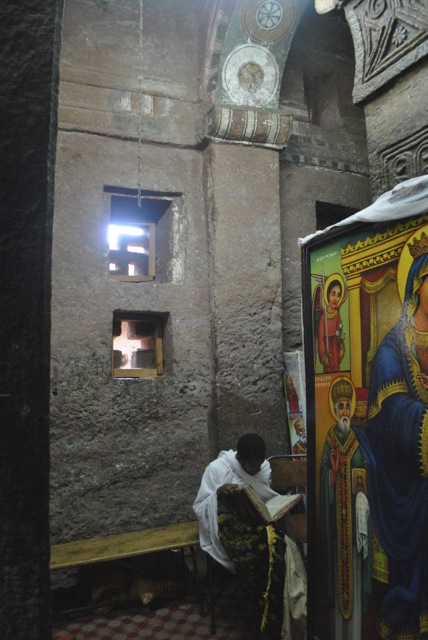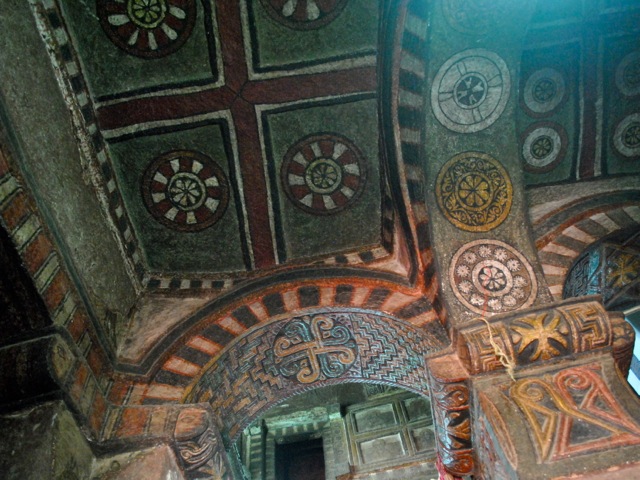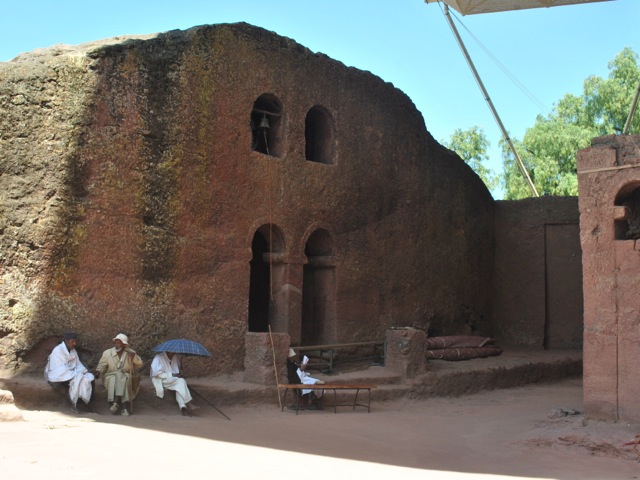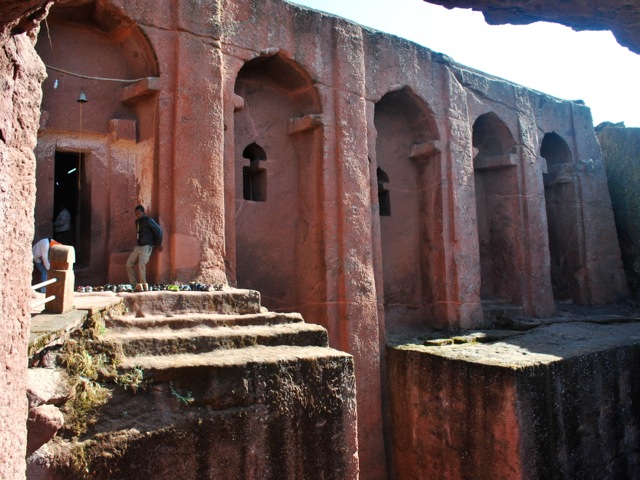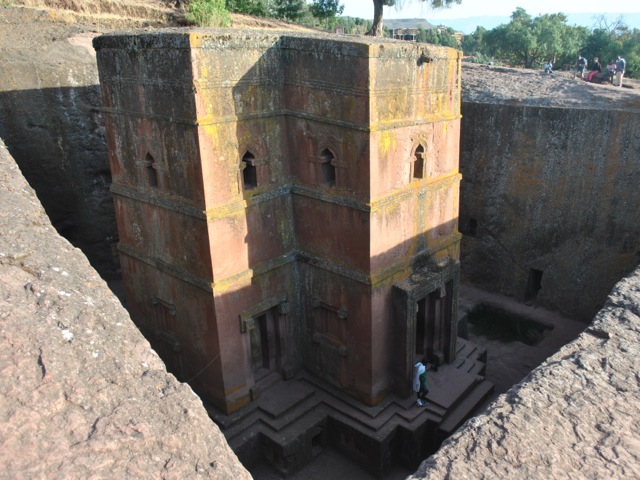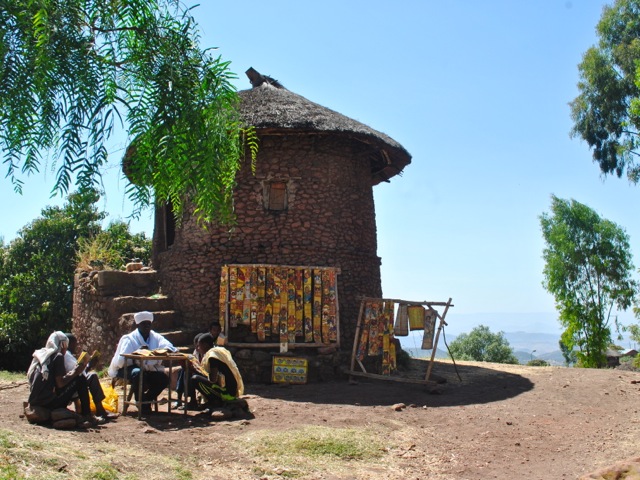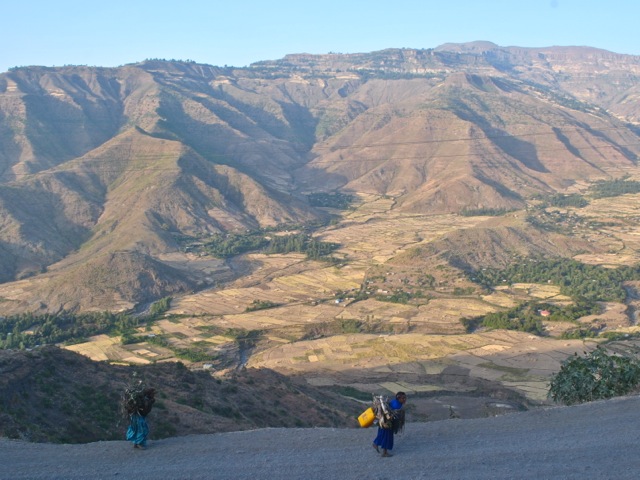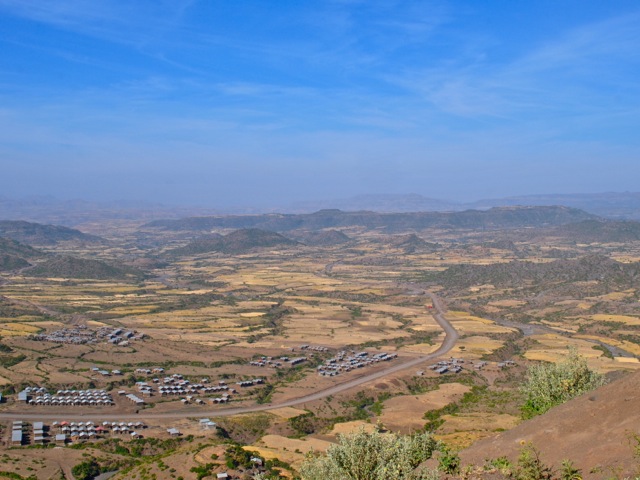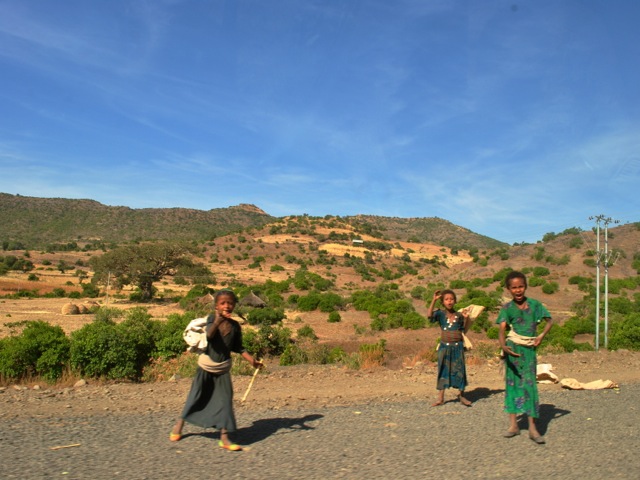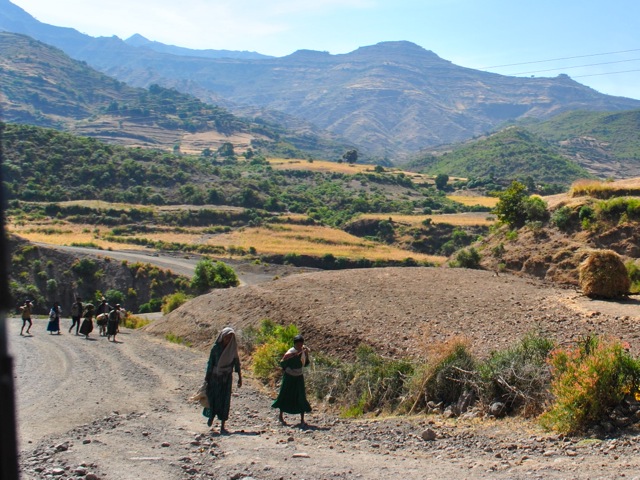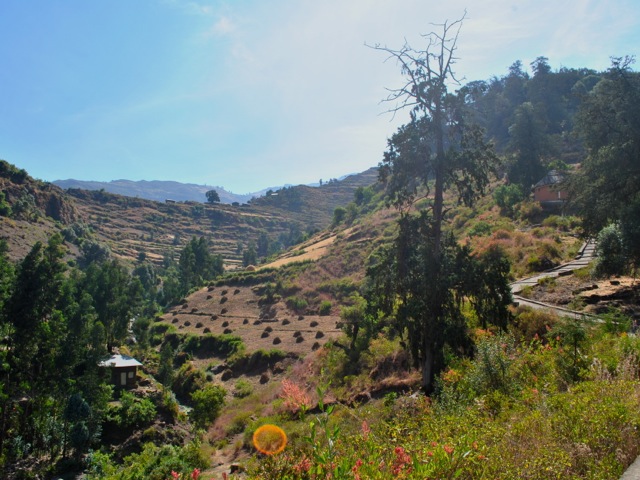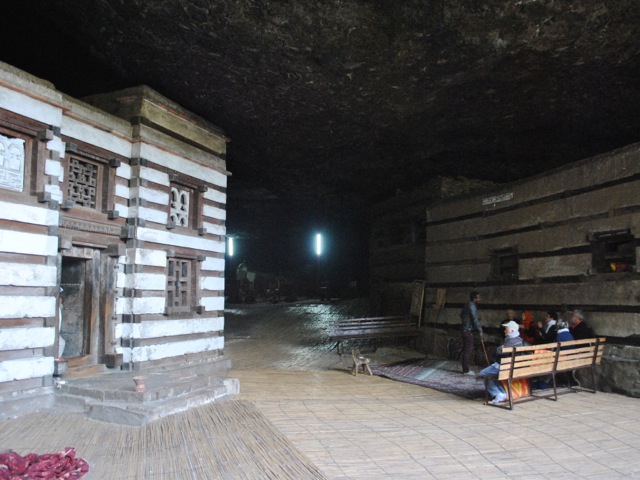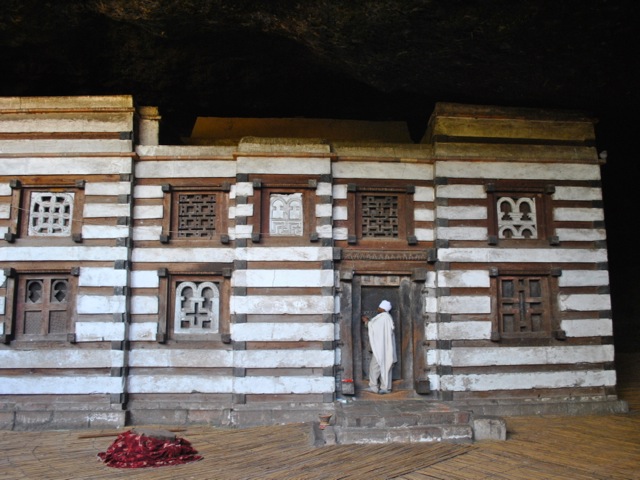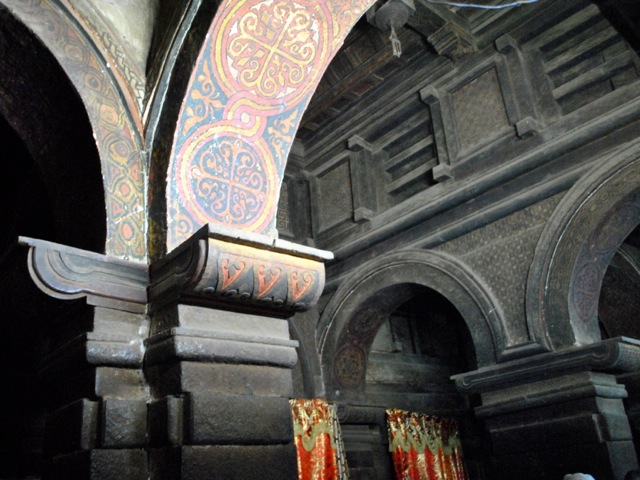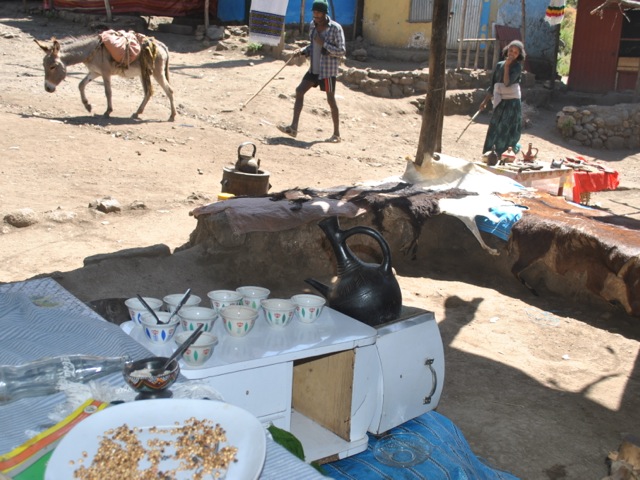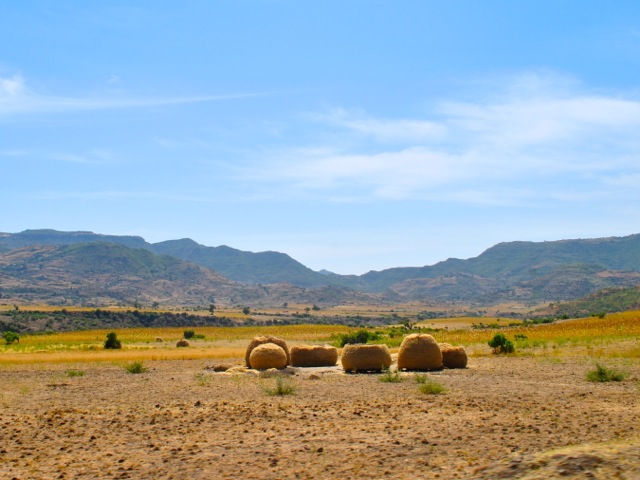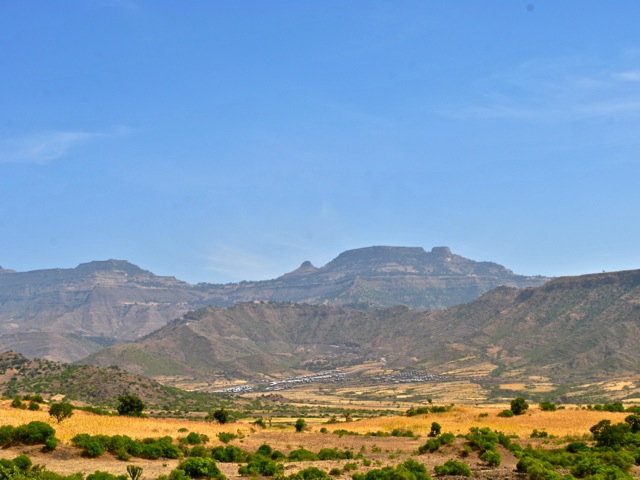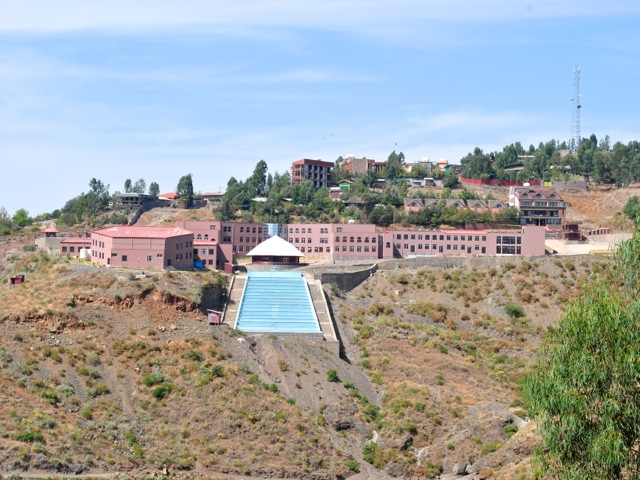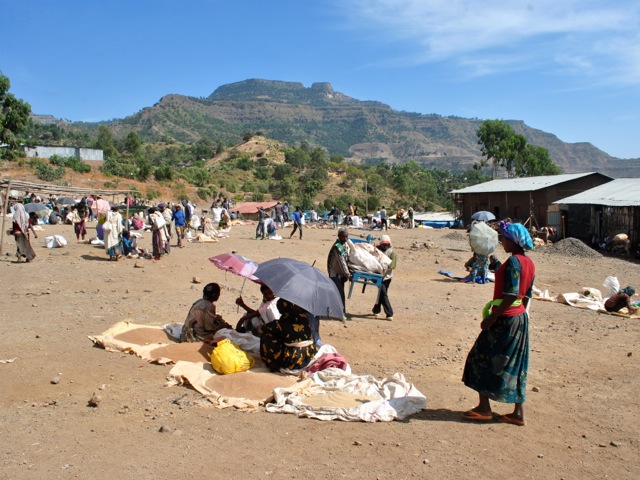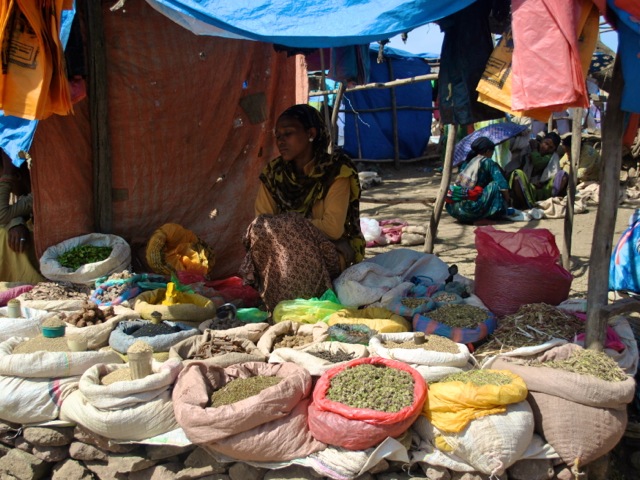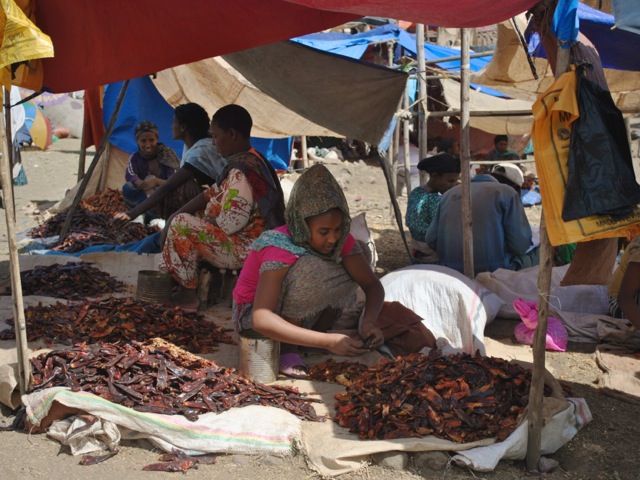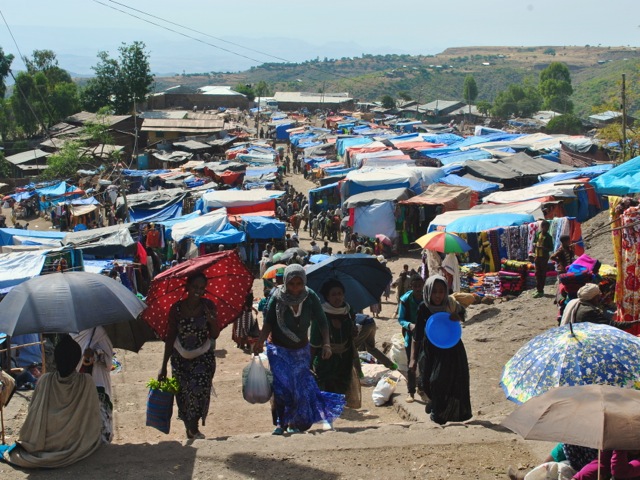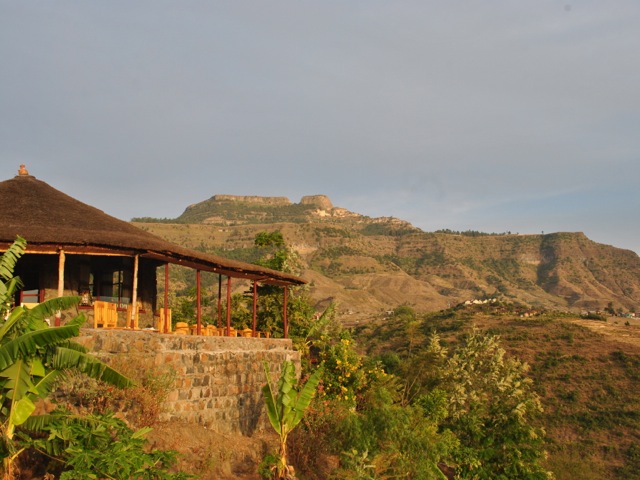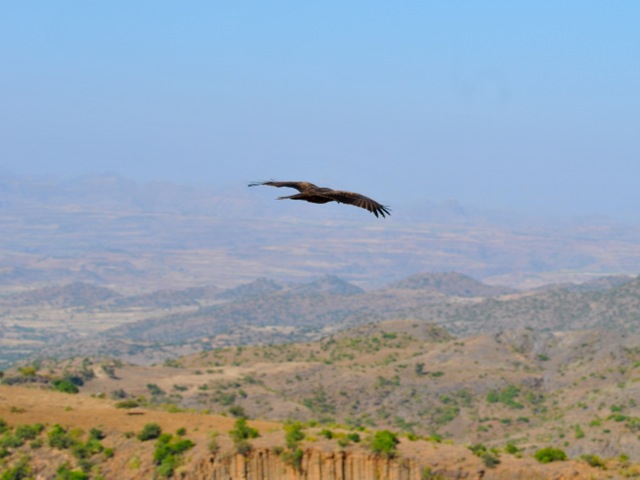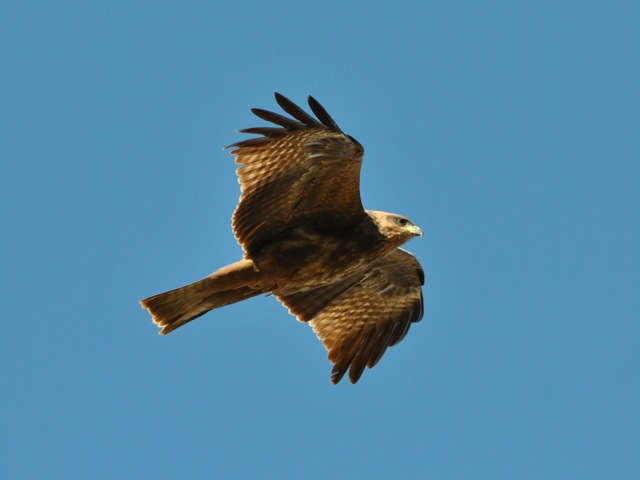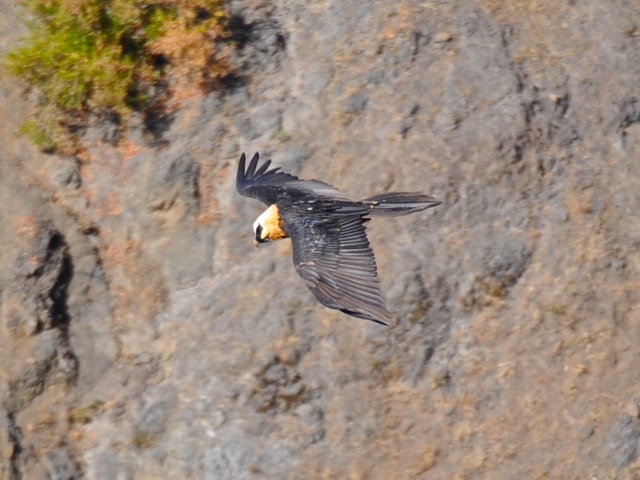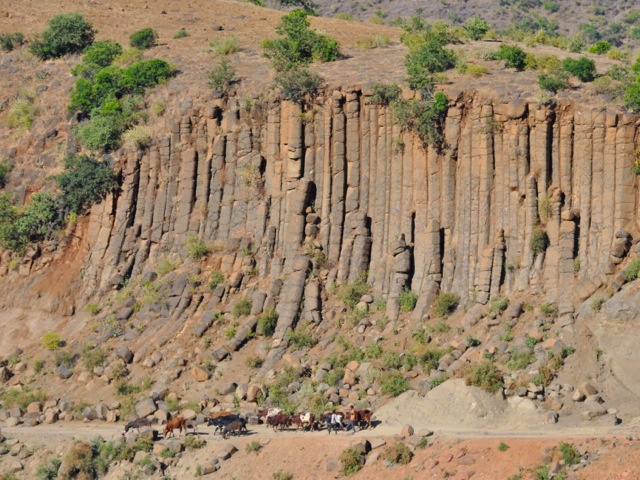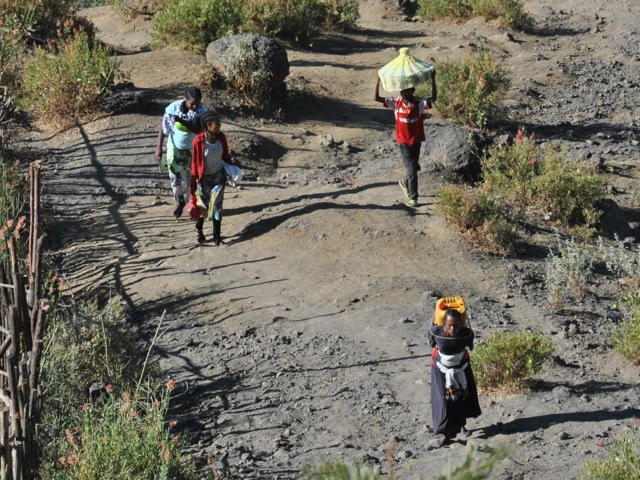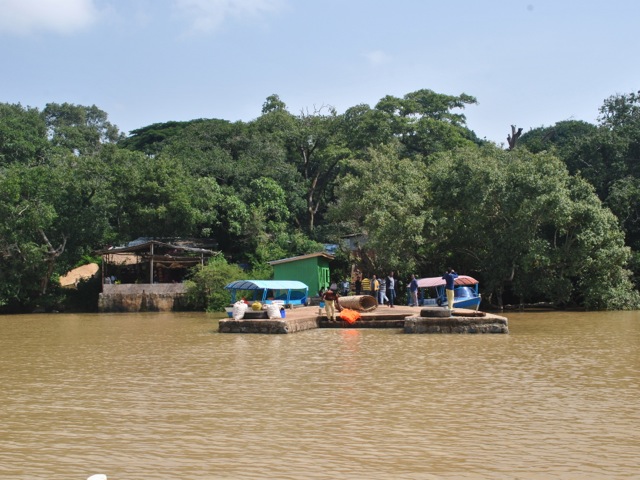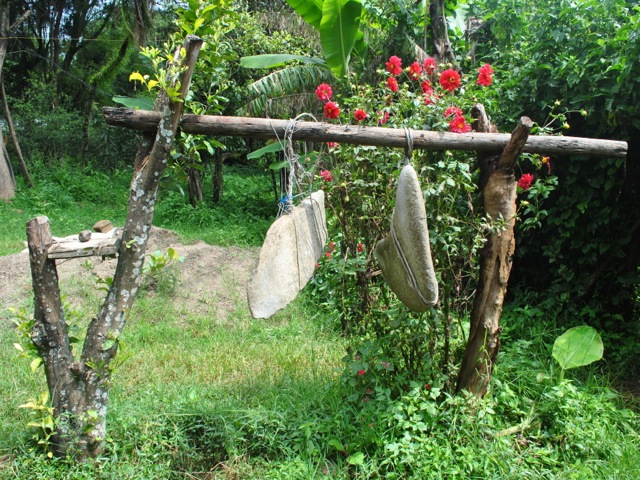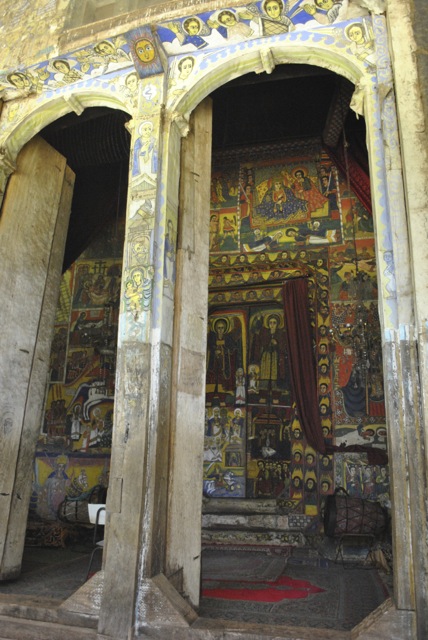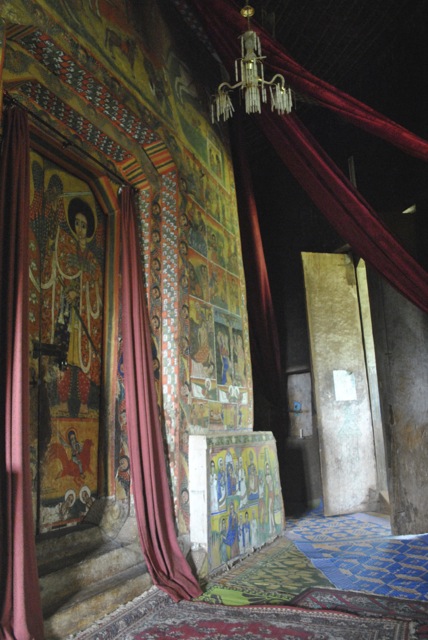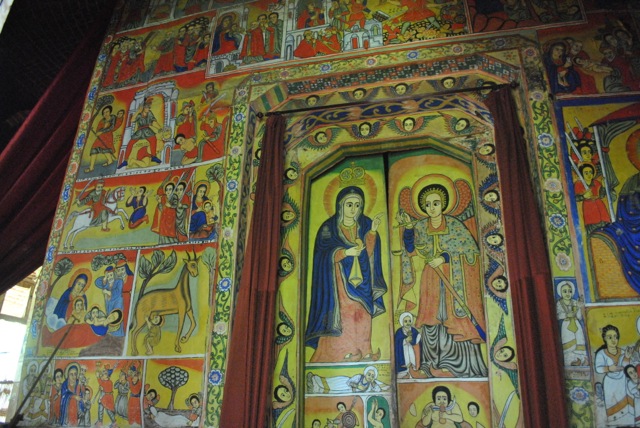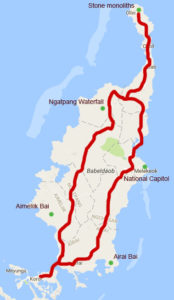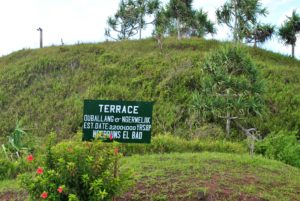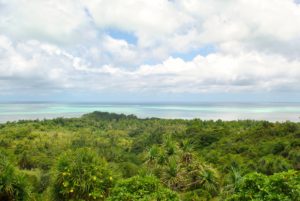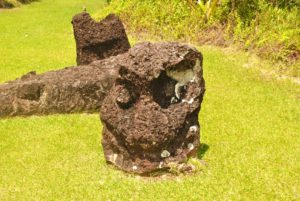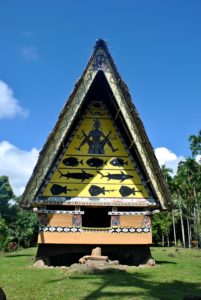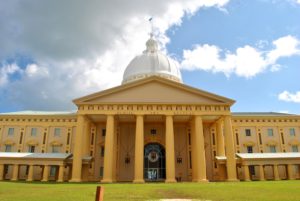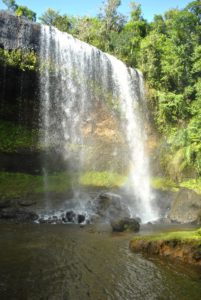Before and after our dive trip in Belize we explored the top side covering most major Mayan ruins in the country. Belize has impressive history and ruins from Maya period. Unlike Mexico, the sites were not crowded at all, sometimes we had a site to ourselves. One can also climb many of the pyramids still.
The first site we went to was Lamanai. We went in the morning and got back in time to board our liveaboard by late afternoon.
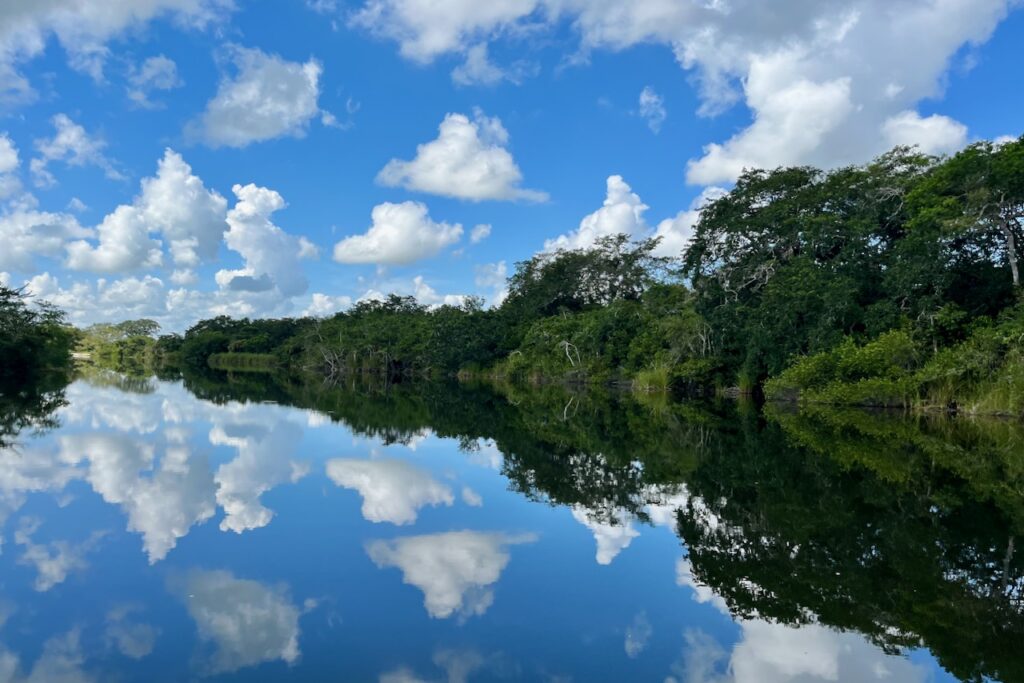
Lamanai site is located on a shore of the New river. Most tours access it by boat from the town of Orange walk. Boat ride is very picturesque and we saw a couple of crocodiles and some nice birds on the way. Site is partially excavated and has a couple of pyramids one can climb. Lamanai is one of the longest continuously occupied sites – people lived here over 3 thousand years.
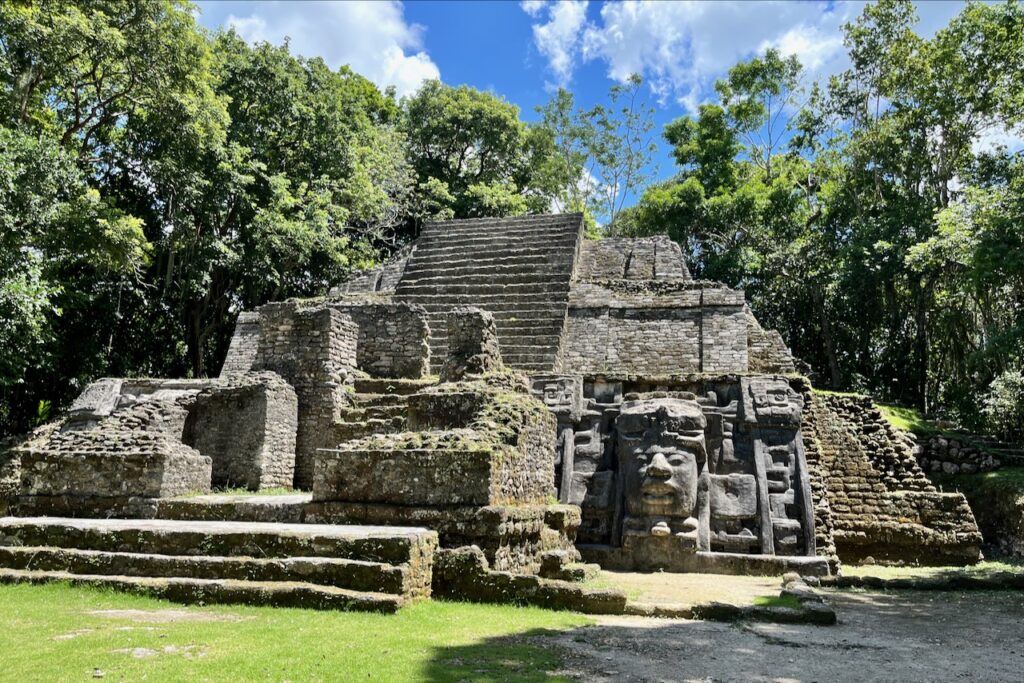
After finishing our diving trip. We got off the boat in the morning and picked up our car rental from the airport. We then headed to Altun Ha – a Mayan site near Belize city – before making our way over across the country to San Ignacio. Altun Ha is an impressive site with some buildings partially excavated and some waiting to be uncovered.
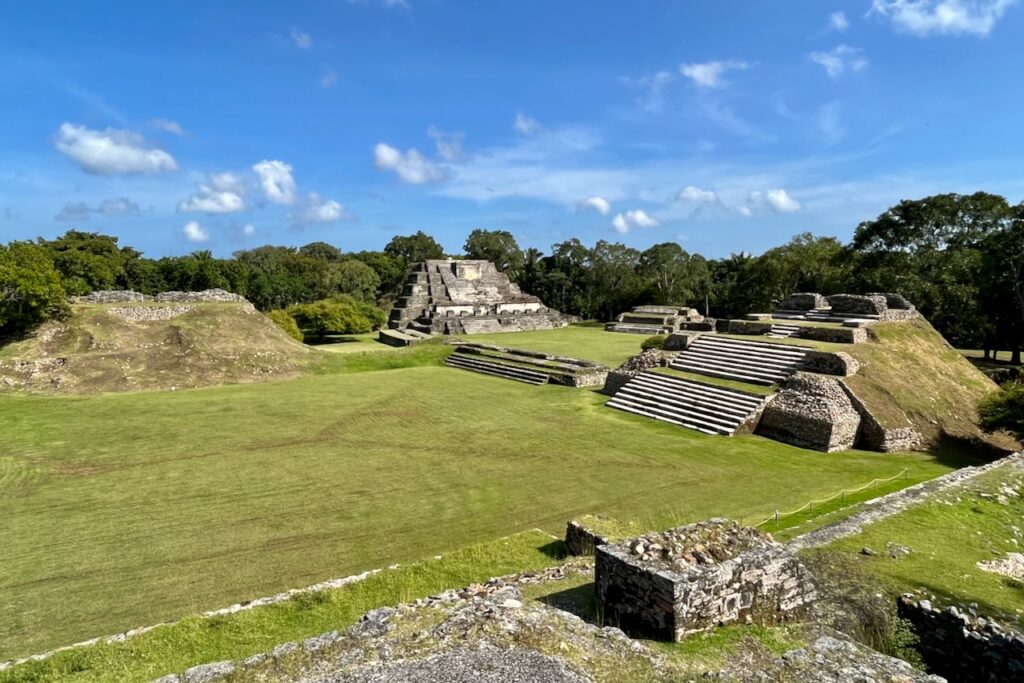
As we headed west, we made a few stops on the way. First we stopped at the community baboon sanctuary. Local community agreed not to cut trees between their estates to let animals pass and now offers tours to go and see howler monkeys and possibly other species. We were first hoping to go on the boat tour that the center also operates. But this was the day of a solar eclipse and the guide declared that there would be no boat tour because day will turn into night with the eclipse. There was no point in debating and we headed instead on foot to find howler monkeys. It did not take long 10-15min at most, we found a little group of howlers, they ate and mostly napped in the tree but one came down closer and another one howled. Good stop to do.
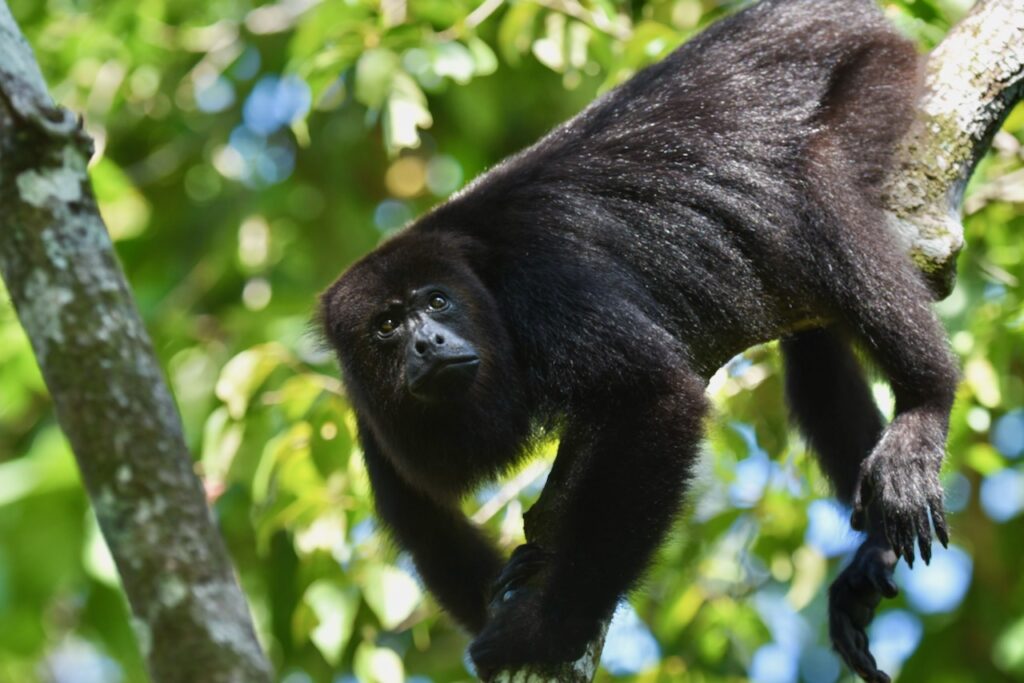

On the way we stopped by Belize zoo and tropical education center. It serves as rescue and rehabilitation facility. We stopped in the middle of the day and most animals were hiding. The place is popular for visiting with kids.
And then we headed to San Ignacio. Belize is not a big country so it only takes a couple of hours to cross it east to west. We made it to San Ignacio in time to visit Cahal Pech just before sunset – another Mayan ruin located in the town of San Ignacio.

While exploring the site we saw several agouties running around. We could hear parrots and toucans but could not see them. It is a very nice site with a good museum.
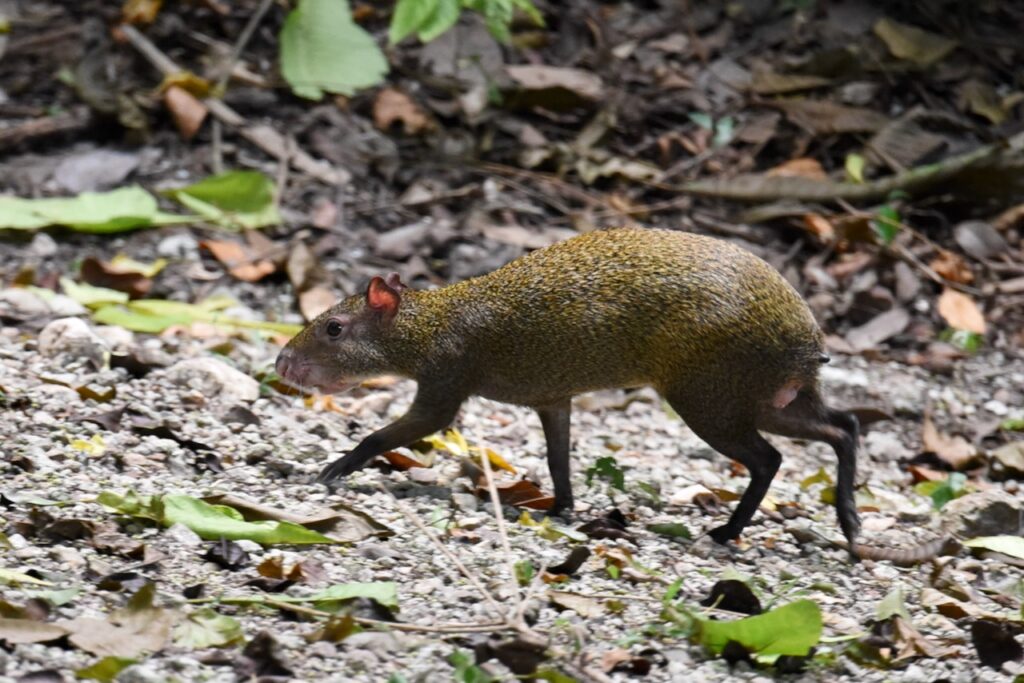
We stayed at Falling Leaves Lodge right next to Cahal Pech. The place is surrounded by big trees and is one of the hot spots for birdwatchers. Food was delicious too.

At sunset dozens of vultures make cell phone tower nearby their roust. Is quite a site


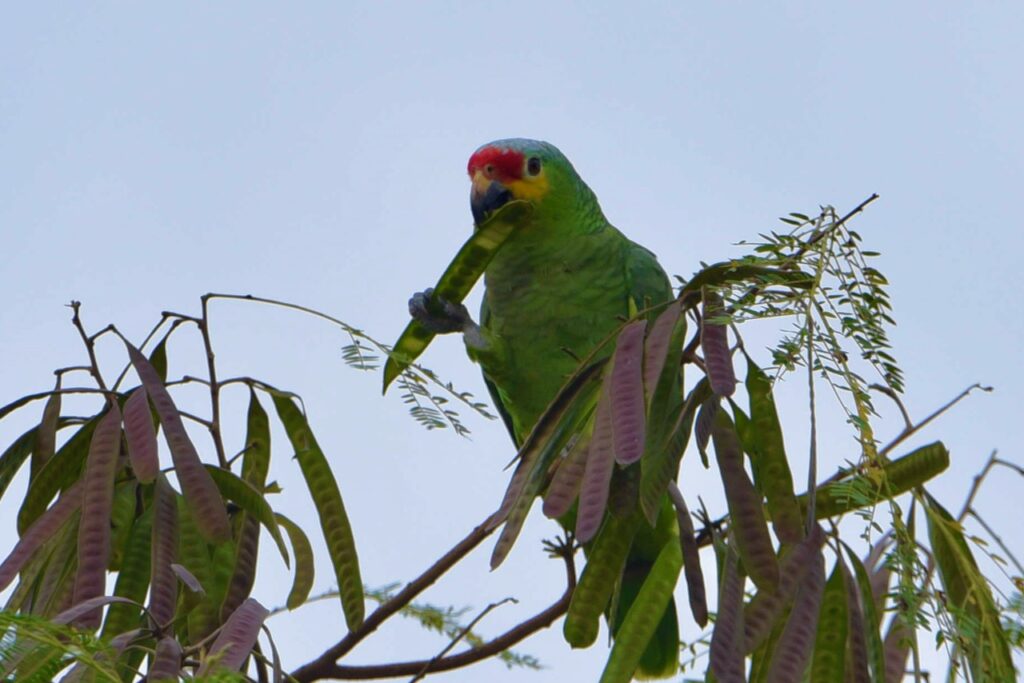
Mountain Pine Ridge Reserve and Caracol
The next day we headed to Caracol and explored a little of the Mountain Pine Ridge reserve on the way back. The new road to Caracol was about 1/3 built at the time we were visiting and the work continues. First one drives on a brand new excellent road and then on compacted but not paved road. We were in a small 2 wheel drive and did not have any issues. It was dry when we visited though and after heavy rains the road might be more difficult to pass. It is a very scenic drive. Pines suffered from a decease some years ago and many of them did not survive, but it seems the forest is recovering. At lower elevations jungle is sick and lush. It took us about 2 hours to reach Caracol.
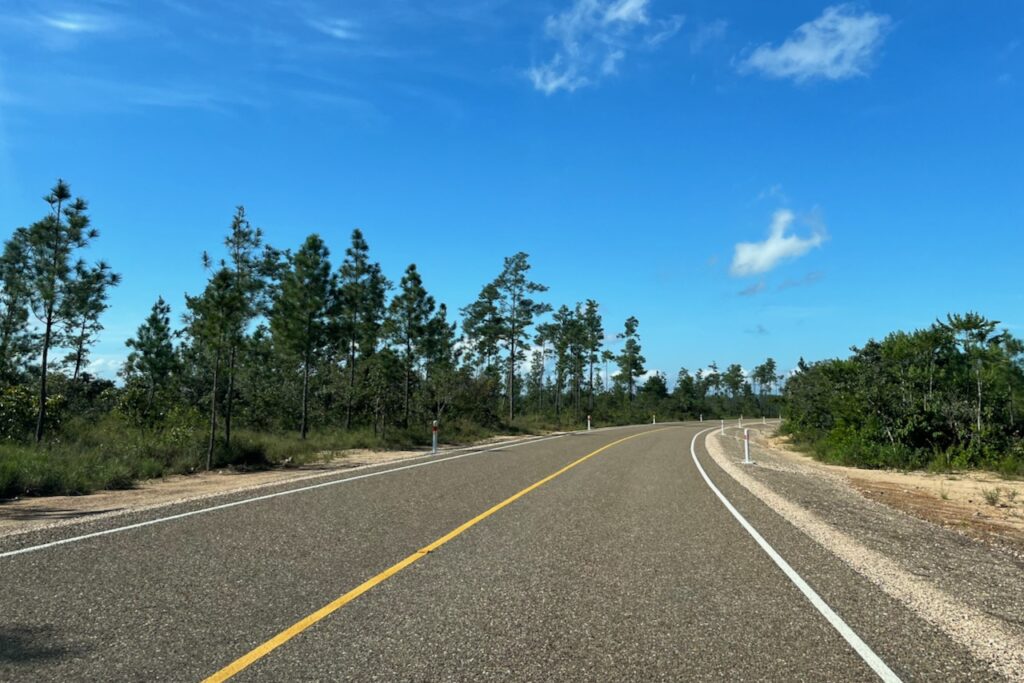
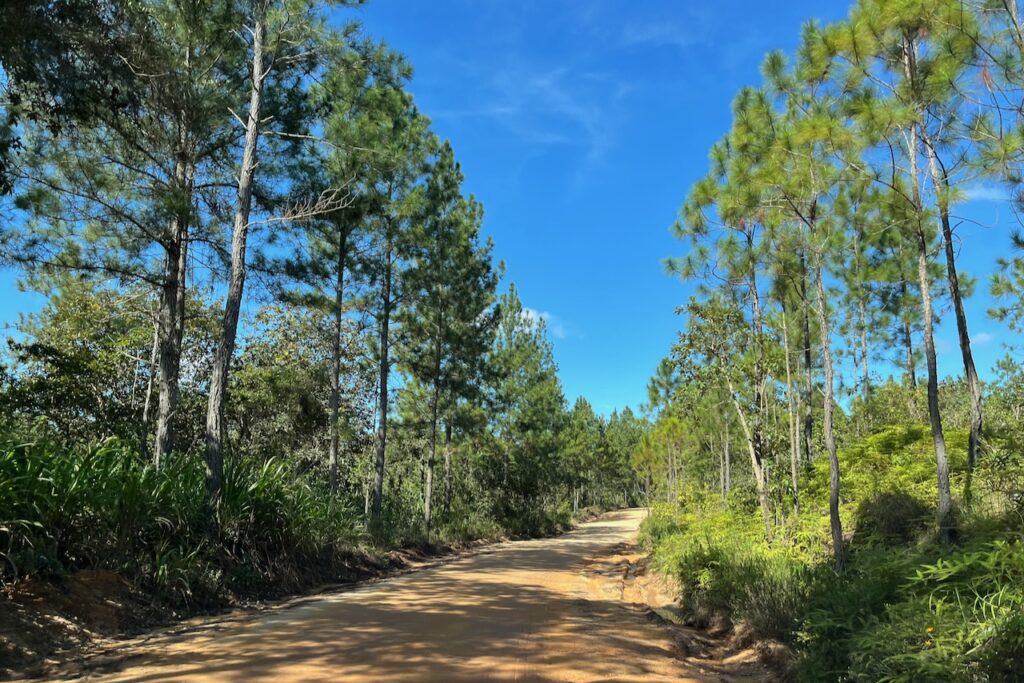

Caracol is one of the more famous Mayan sites and was a major settlement in its day. The site is very large with impressive buildings and excavation work continuing. We were the first to arrive and at the start had the entire site to ourselves. As day went on a few more groups came, but we did not see more than 20 people in total throughout the day. Definitely a benefit of traveling in low season, and before the road is finished and cruise tourists can reach the site!


There were many animals and birds around the site. We saw toucans, white nosed coatie, howling monkeys and parrots.
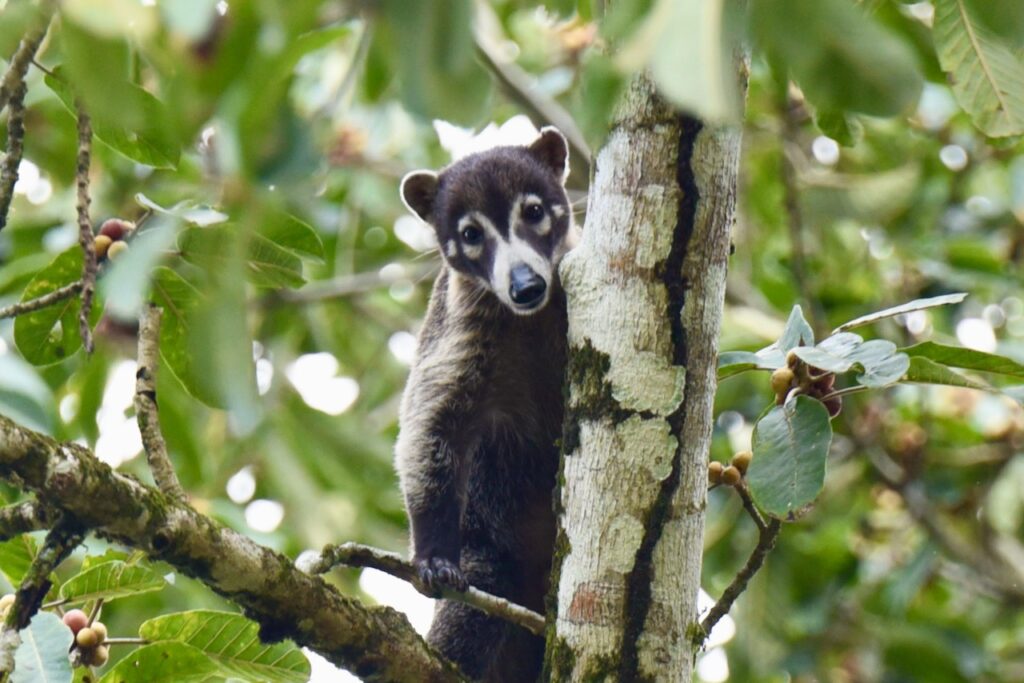
On the way back from Caracol we stopped at a few scenic spots on the drive through Mountain Pine Ridge Reserve. it is a stunningly beautiful place. We only had less than a half day left but there is definitely much to do and explore.

First we stopped at Rio on pools lookout.There is a nicely organized area and there were quite a few people having picknicks enjoying the view. A little walk from the look out one walks to the rock pools themselves. There were quite a few people there, big groups enjoying cooling down in the waters. The short trail is only about 5 minutes. And the site is well managed with toilets and no trash in site. It is a beautiful place and had a very nice peaceful happy vibe about it with all the locals enjoying cool waters.
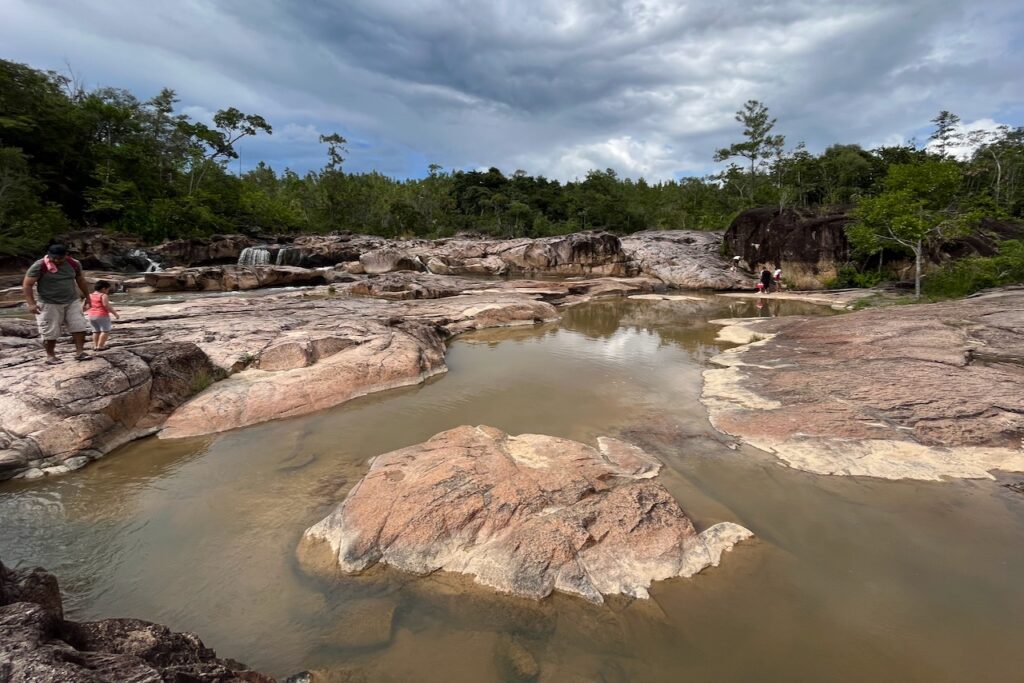
Then we drove by 5 sisters restaurant in a lodge. A great place to have lunch overlooking beautiful waterfalls cascade. Food was great too.
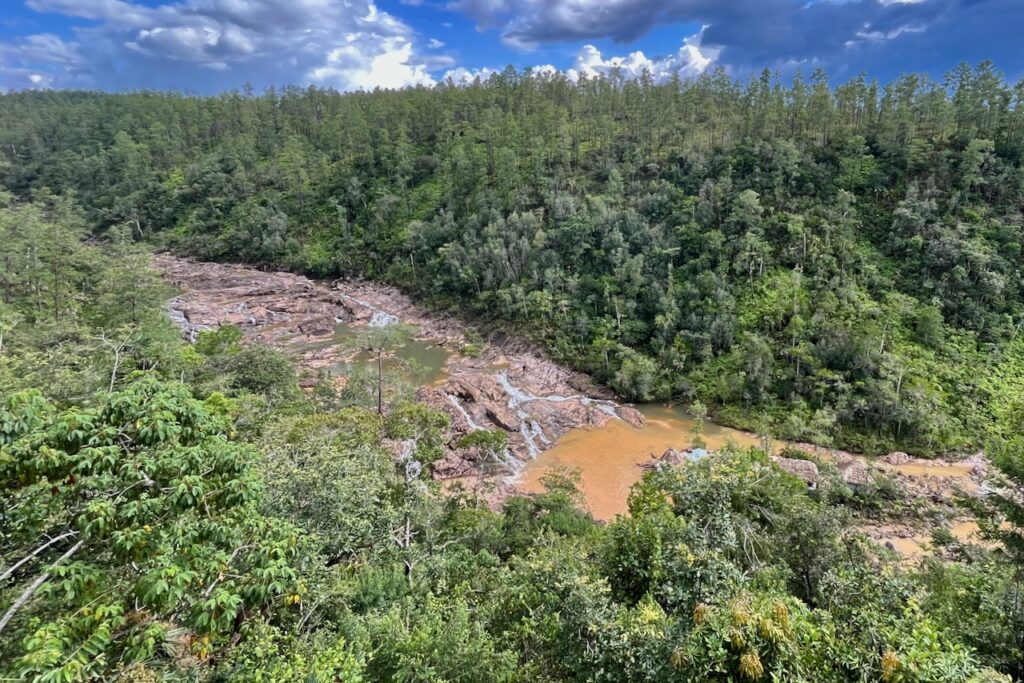
And then we stopped by nig rocks falls. This one has long set of steps down. Steps are in a good shape, Easy to go up and down just many of them. Pool at the bottom of the falls is very nice and by the time we were there, there was barely any people. Very nice other stop.
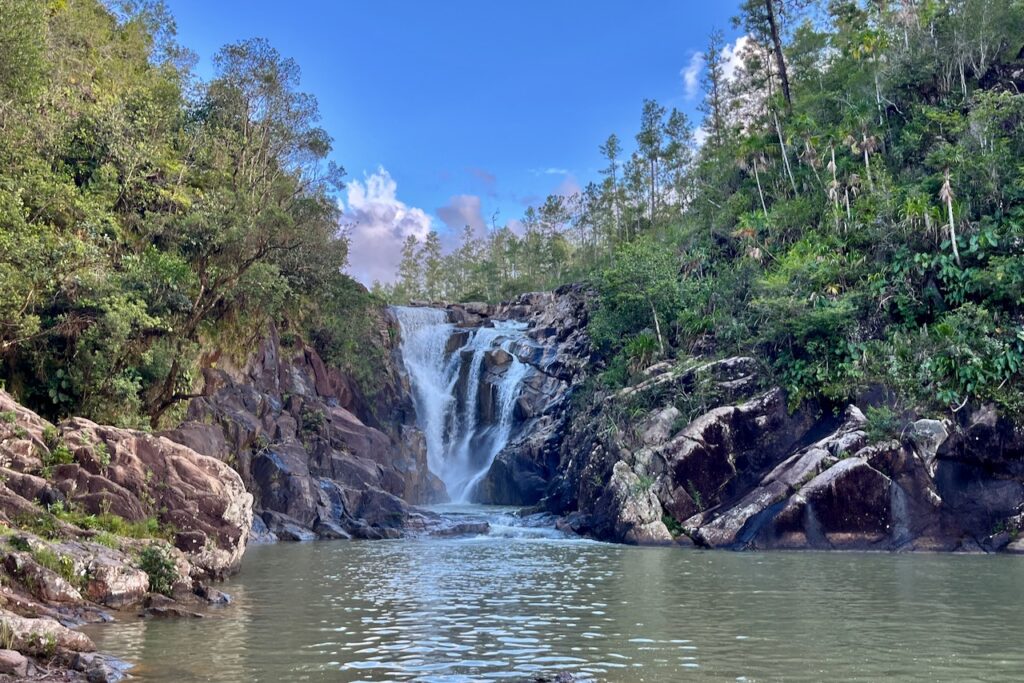
We then tried to get to 1000 foot falls, but day was running out on us and the road was not paved. We decided to keep it till next time as clearly, there is much more to do in the area.
On the last day we headed to Xunantunich, a major Mayan site less than half hour from San Ignacio. The site is spectacular, one can climb the tollest pyramid and see Guatemala border from it and all the countryside around. We also saw many spider monkeys in the trees around the site, toucans, other birds and could hear howlers howling. And again, perhaps because of low season, we almost had site to ourselves – an amazing experience.

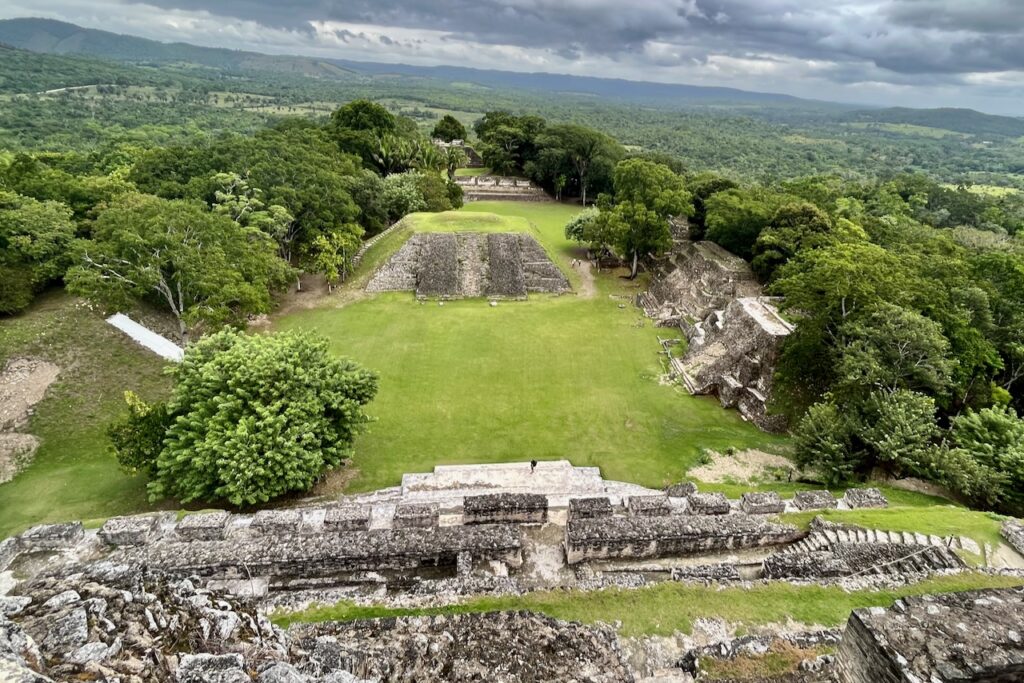
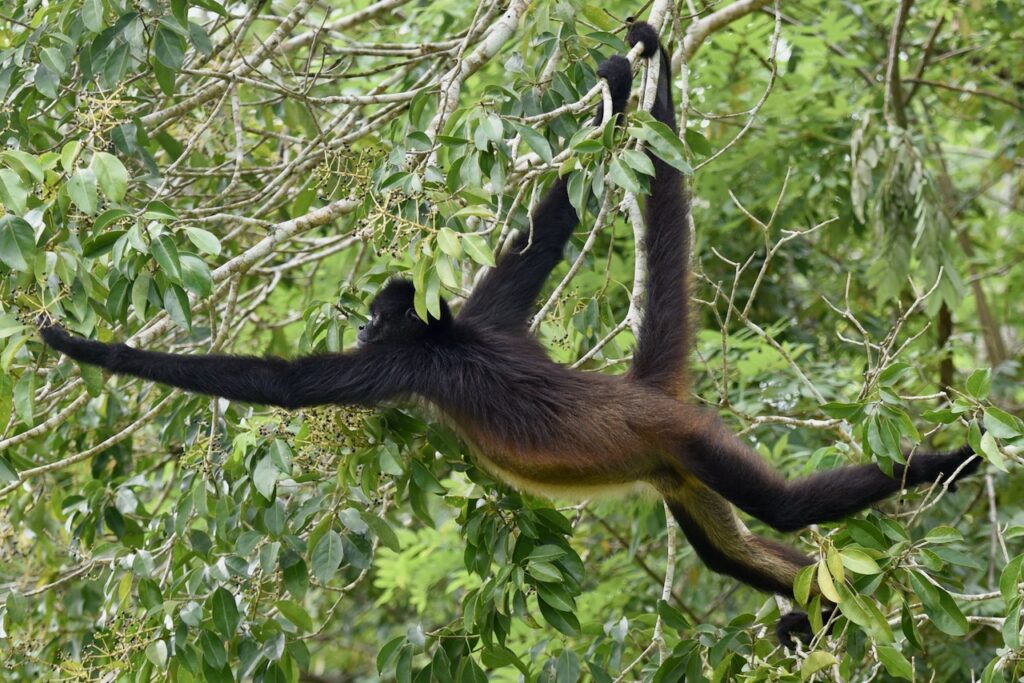
All in all a phenomenal trip with history, nature and good diving.

